On the afternoon of April 8, the My Son Cultural Heritage Management Board held a workshop to report on the results of the archaeological exploration and excavation of the architectural ruins of the path leading to the East of Tower K of the My Son relic site (Duy Phu commune, Duy Xuyen district). Most experts expressed the view that it is necessary to continue the archaeological excavation to the end of the path leading to the My Son temple complex before proceeding with the preservation and restoration of the relic for tourism purposes.

Discovery changes the history of My Son
Dr. Le Dinh Phung - Vietnam Archaeological Association affirmed that this is the first time domestic archaeologists have known about a "divine path" of the ancient Cham people entering My Son to perform rituals. This discovery is extremely important, marking a new period of development of My Son with a series of architectures built after the 10th century such as tower groups K, H, G or single architectural works such as E4.
“The historical value of the road shows that My Son has always played a spiritual role, a place where the Cham people's gods converge throughout history,” Dr. Le Dinh Phung analyzed.
In 2017 - 2018, when the Indian expert team restored and embellished the K tower, they noted that the tower had two East and West gates. On the east side of the K tower, there were two sections of the surrounding wall of a road leading to the E and F tower groups.

In June 2023, the My Son Cultural Heritage Management Board coordinated with the Institute of Archaeology to excavate 20 square meters in the area around Tower K to verify information about the above architectural vestiges and discovered two sections of the surrounding walls extending from Tower K to the east, forming a road leading to Towers E and F.
The collected documents helped the working group determine that this path architecture is a new discovery of previously unknown traces in My Son during the history of the relic's existence.
On March 1, 2024, the archaeological excavation project in the area east of Tower K was implemented by the My Son Cultural Heritage Management Board in coordination with the Institute of Archaeology (Ministry of Culture, Sports and Tourism), with a total area of 220m² (exploration area of 20m² and excavation area of 200m²). The duration is 2 months, ending on April 29.

In the excavation area, the structure of a 20m long architectural section of the eastern approach road to Tower K, in the East-West direction, deviated 45º to the North. The total length of the road from the foot of Tower K is 52.5m, with an overall width of 9m, including the roadbed and two brick walls on both sides. The roadbed is 7.9m wide, with a flat surface, made of compacted sand, gravel and rubble, with a thickness of 0.15 - 0.2m.
In 4 exploration pits, with a total area of 20m² (each pit has a size of 5 x 1m = 5m2), traces of the path architecture were discovered.
Archaeological excavations need to continue along the entire road.
The discovery of the path has provided the basis for conjectures about the length of the path, which not only stops at the current location but may lead further.
Cham culture researcher Le Tri Cong estimates that the road could extend 500m - 600m to area F.
“There will be two predictions, either the road leads to a mandapa (waiting room) of tower F or a large courtyard in front of area F” - Mr. Le Tri Cong said.

According to Dr. Nguyen Ngoc Quy - Institute of Archaeology, the project leader, the results of this survey and excavation confirmed that there was a path leading from Tower K to the central area of My Son temple complex in the 12th century, which is the first time known to domestic and international archeological and historical researchers.
This road stretches over a space of more than 500m, starting from tower K towards the front yard of tower F. Currently, through the results of exploration and excavation in 2023 - 2024, it is possible to determine with certainty the structure of the road from tower K to the dry stream area to the east, about 150m from tower K.
“This road has many functions, it can be a sacred road (the road of Hindu gods), a royal road (the road for Champa kings and monks) to go to My Son for worship. In short, this is a sacred road, a road that leads gods, kings and monks to the sacred space of My Son” - Dr. Nguyen Ngoc Quy said.

Associate Professor Dr. Ngo Van Doanh - Cham culture researcher shared that the discovery of the divine path is very important, so it is necessary to continue researching to the end before preserving the original, intact state of this ruin. From there, contributing new materials to help gain a more comprehensive understanding of the cultural space, history and architecture of My Son.
In particular, the research results will help the My Son Cultural Heritage Management Board to better promote the historical and cultural values of the relic, organize to pick up and drop off tourists along the Cham heritage route, helping tourists have a clearer view of the My Son temple complex and the Champa culture in history.
According to Dr. Nguyen Ngoc Quy, the project has basically ended. In the coming time, relevant agencies need to have a plan to continue excavation and research to clarify the scale, structure and appearance of the sacred road, bringing the relic from the underground of My Son to light.
“The My Son Cultural Heritage Management Board, Duy Xuyen District People's Committee and relevant agencies need to consider and approve the continued implementation of the task of "Excavating and researching the architectural archeology of the road leading to My Son" scheduled to be carried out in the period of 2025 - 2026", Dr. Nguyen Ngoc Quy proposed.
Source


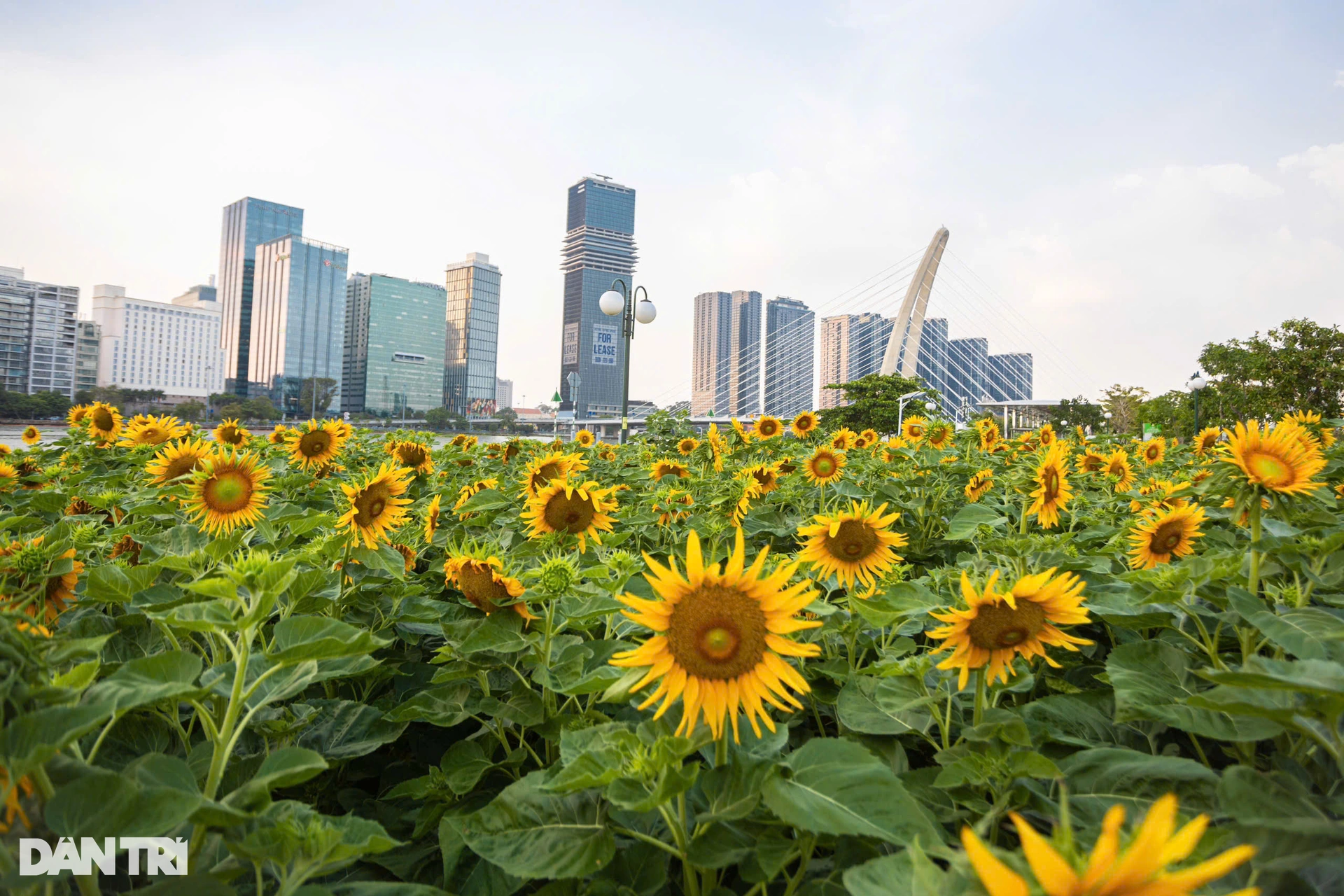
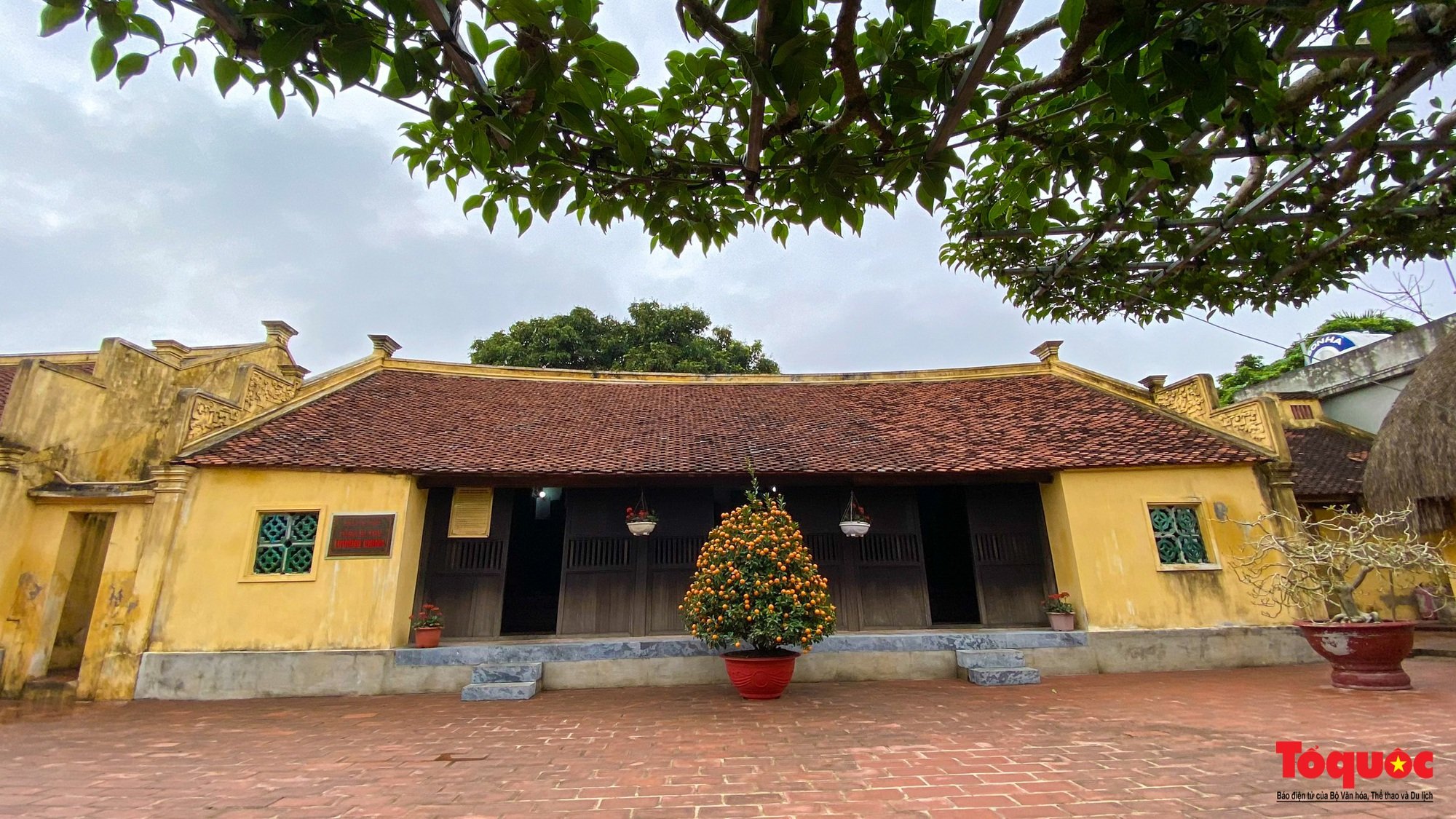


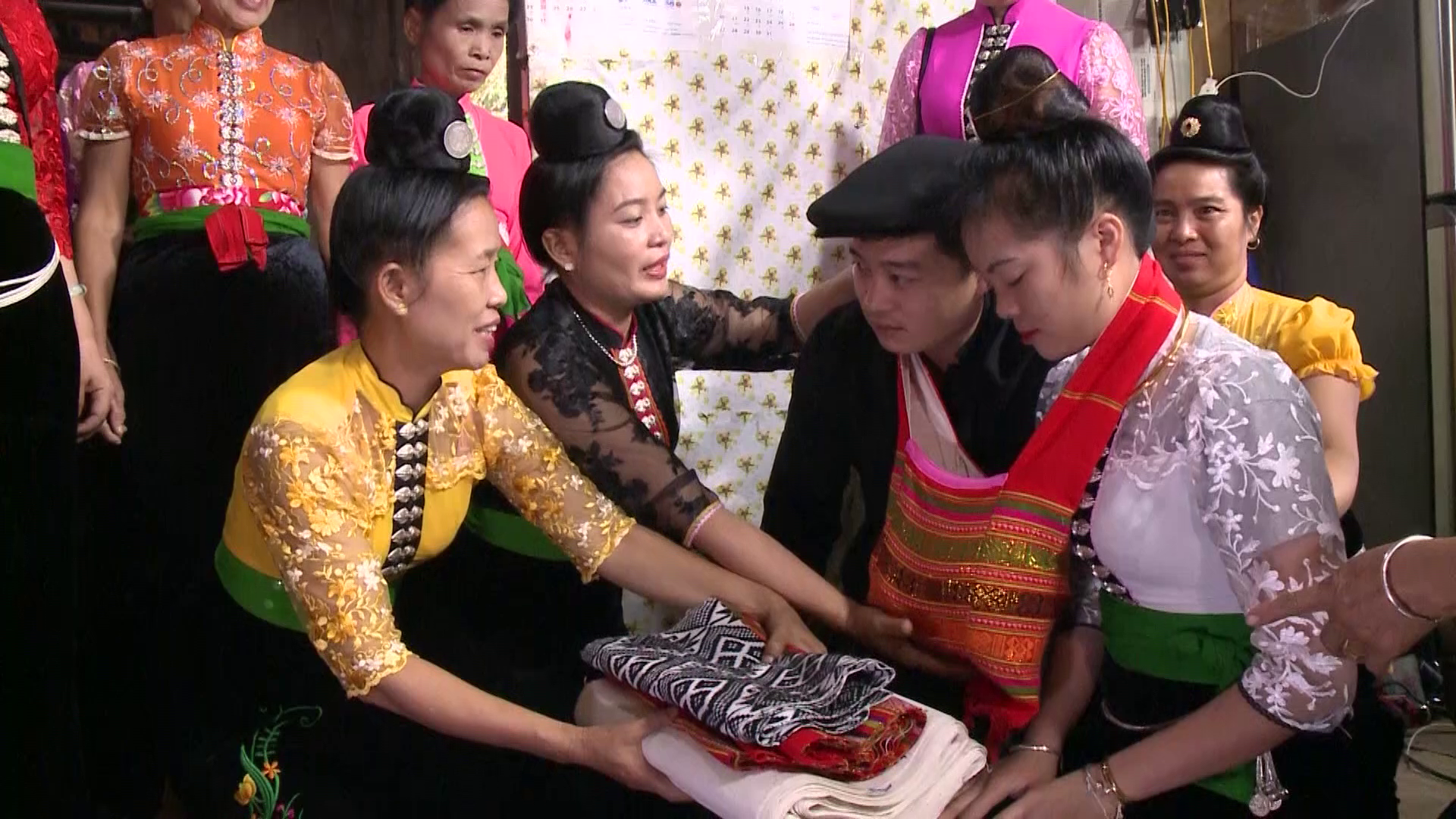
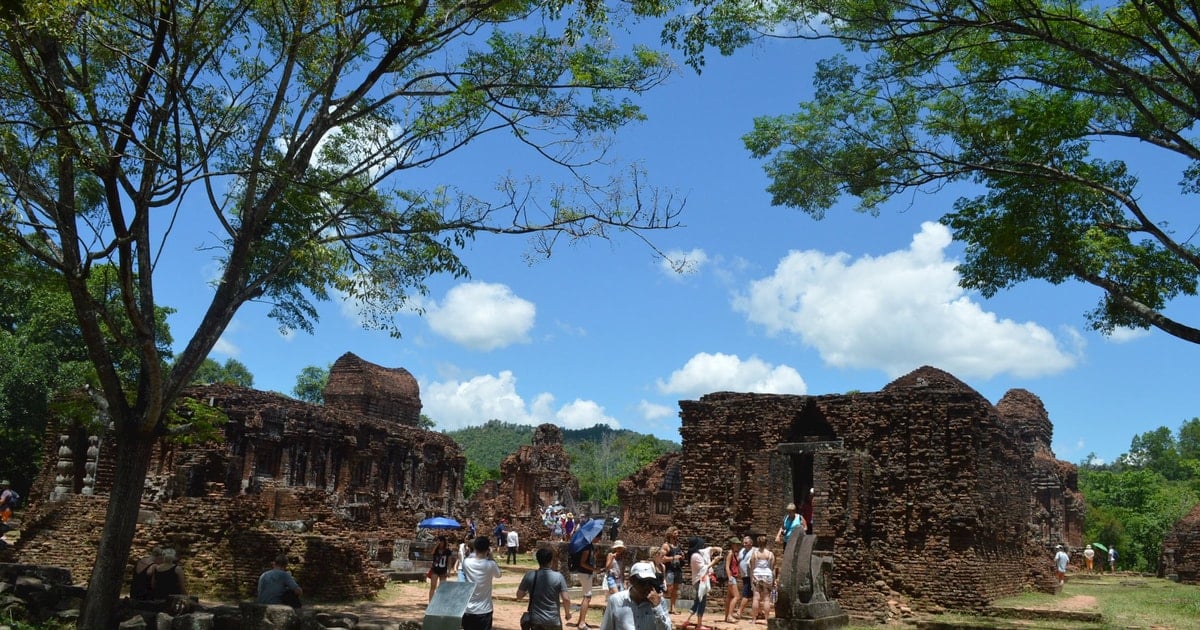

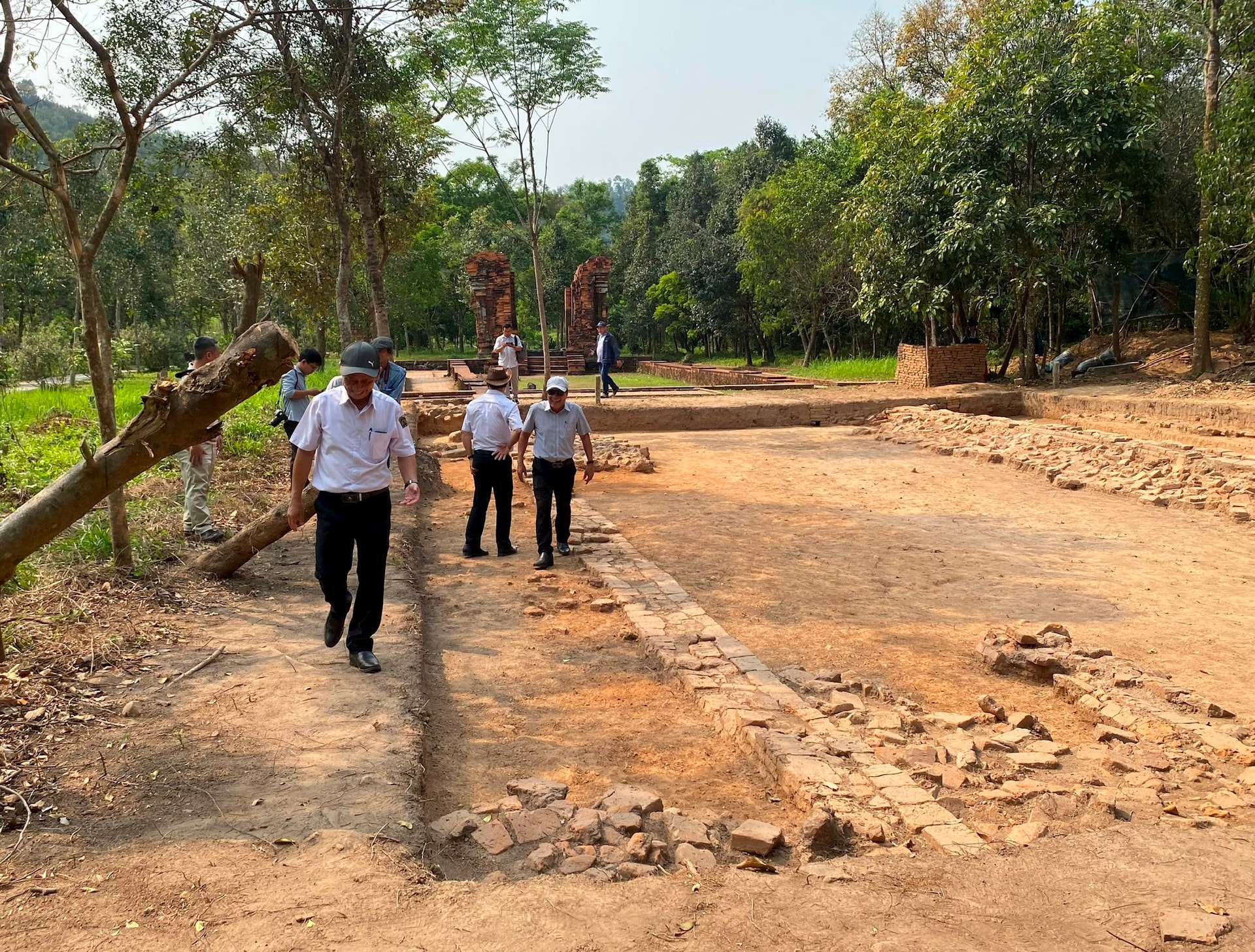
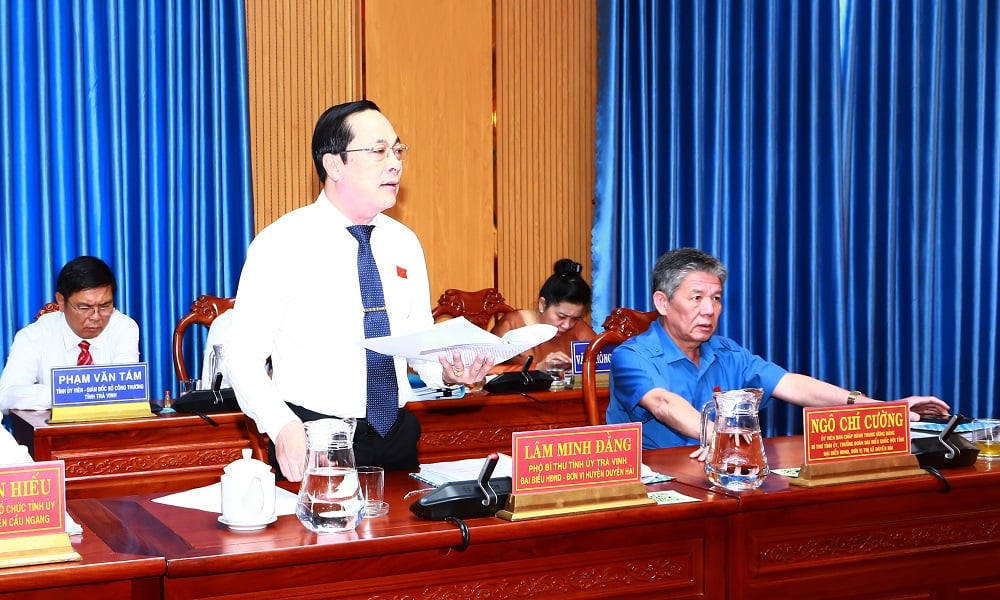
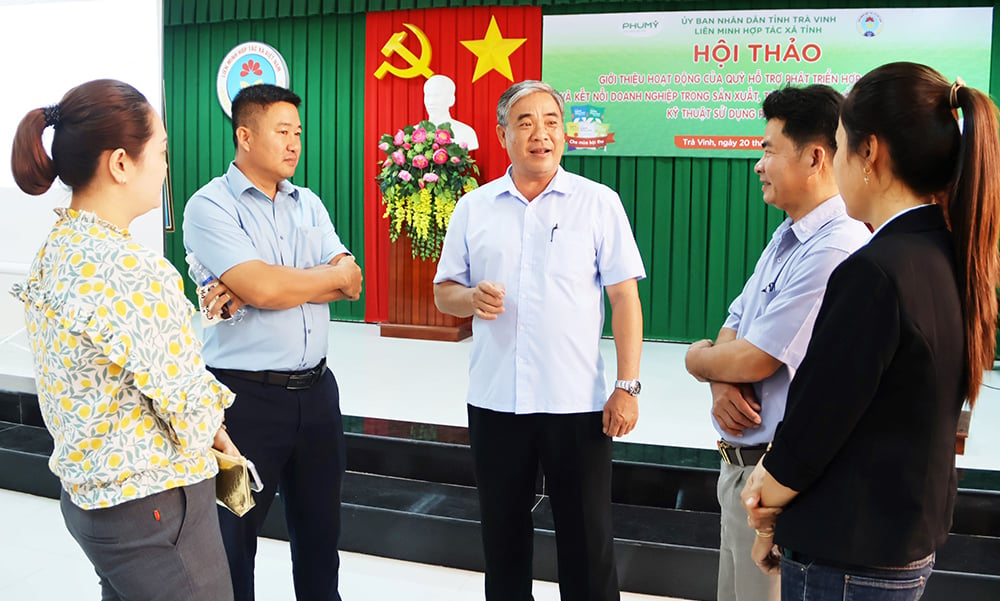
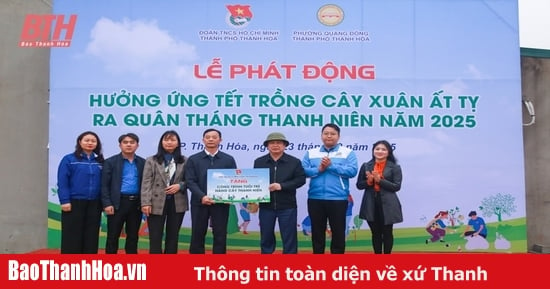
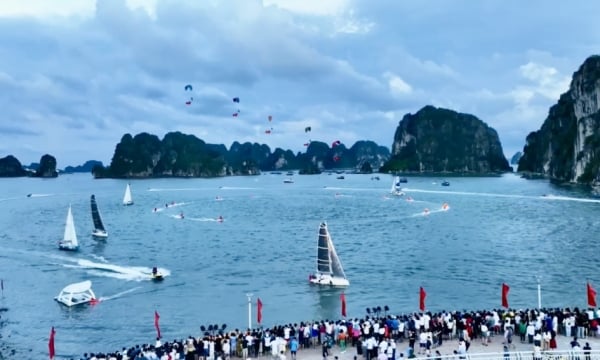
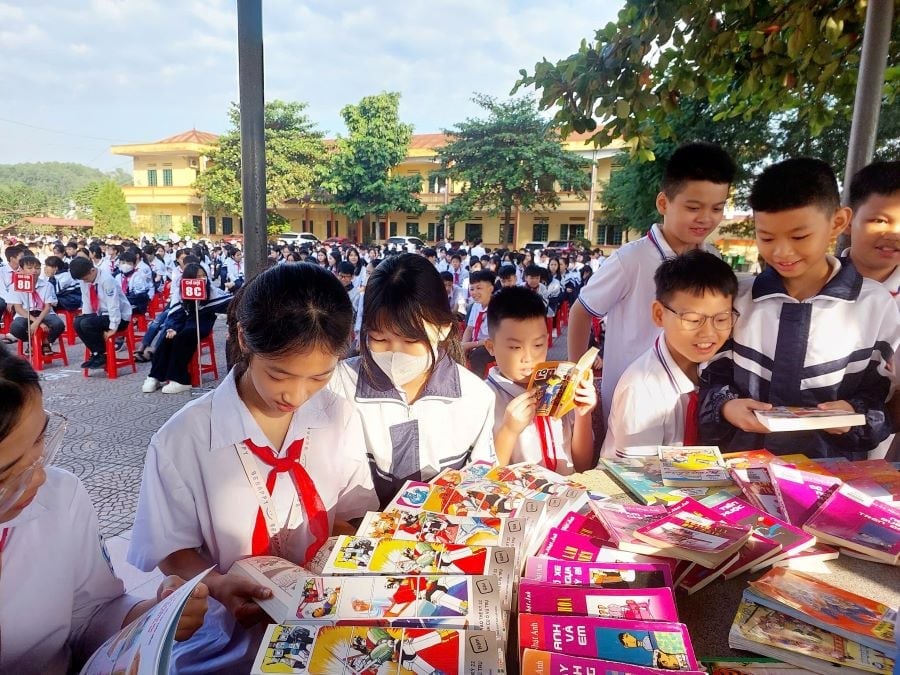
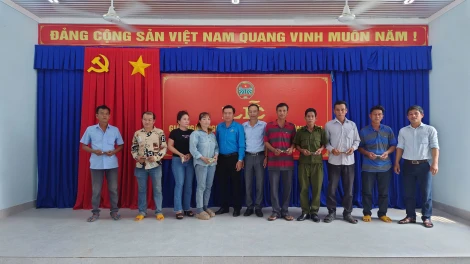
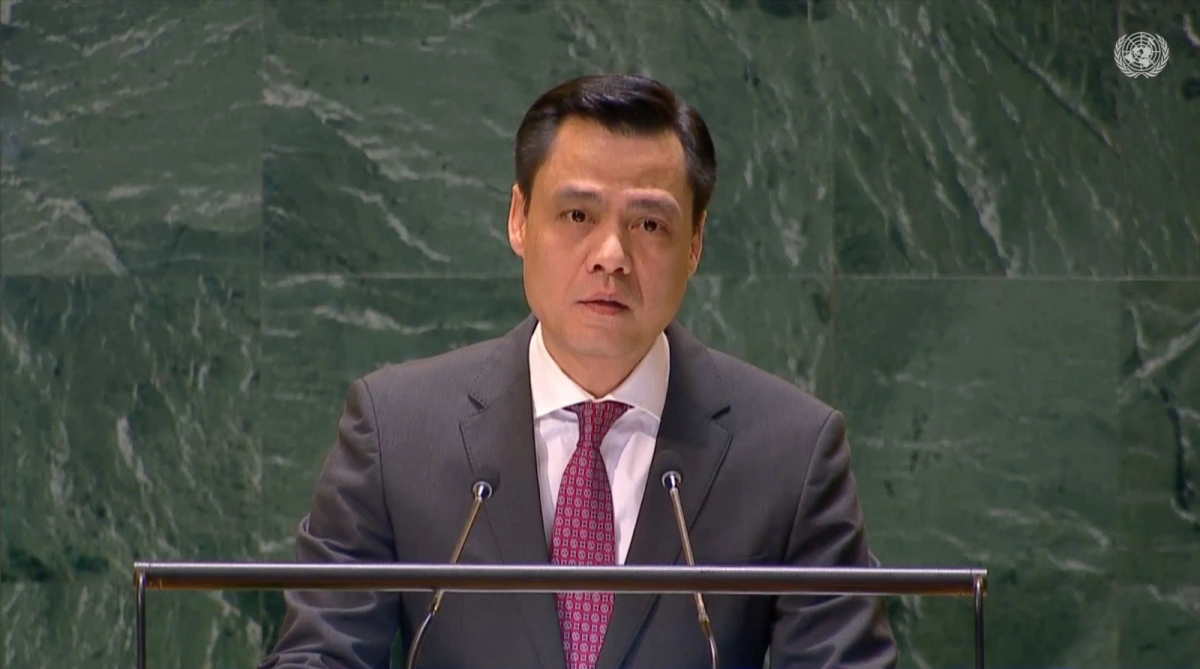
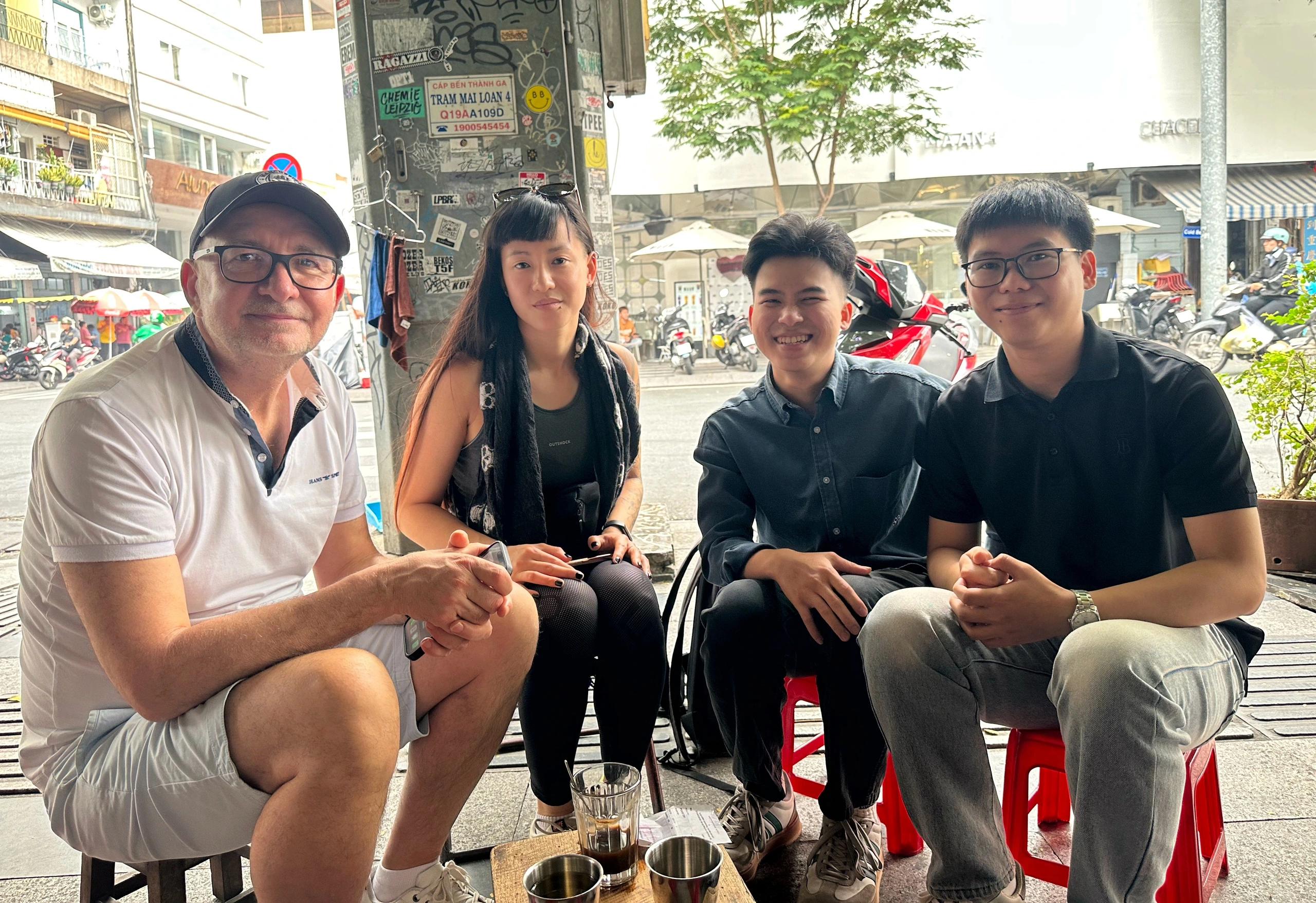
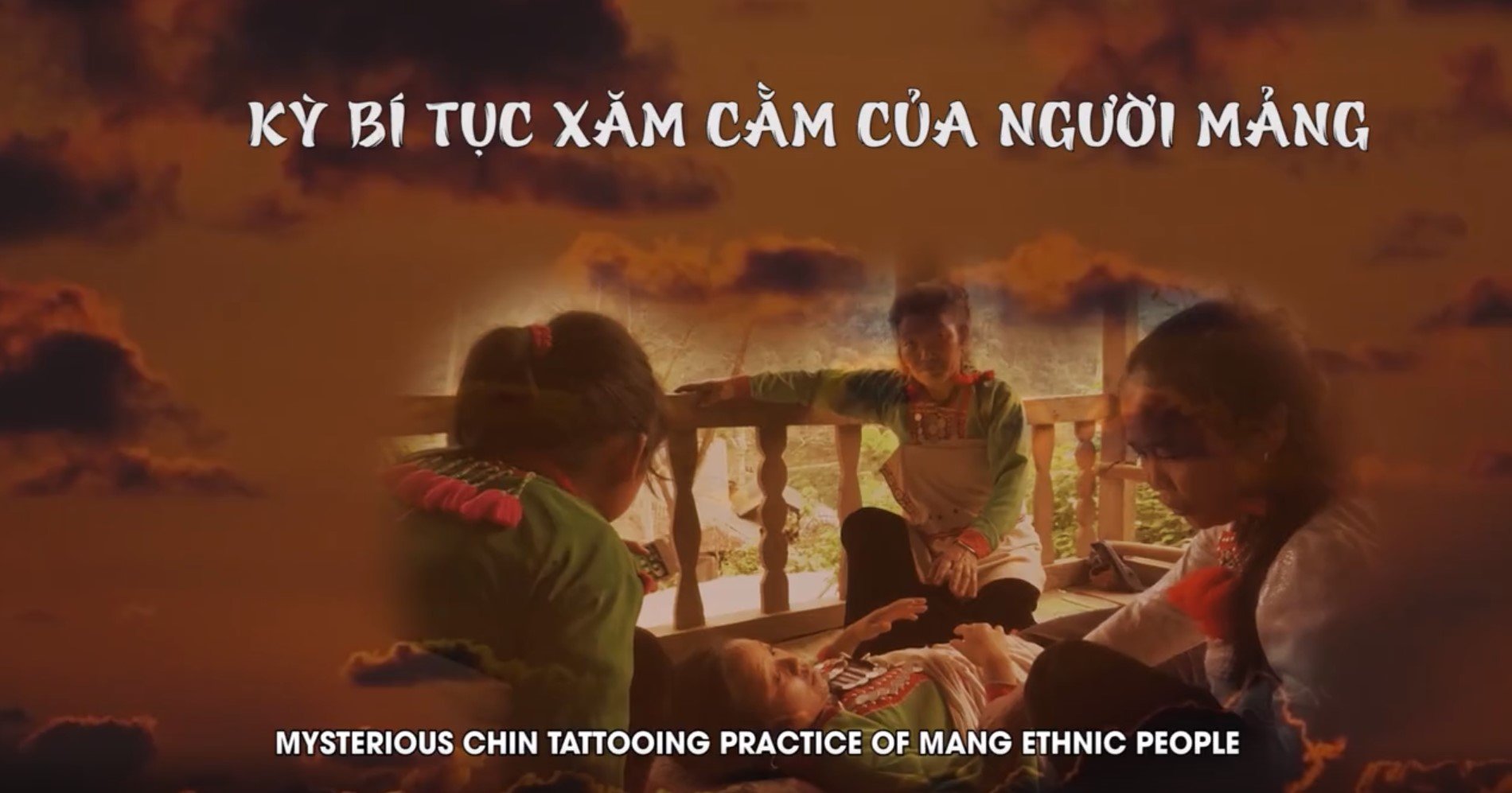
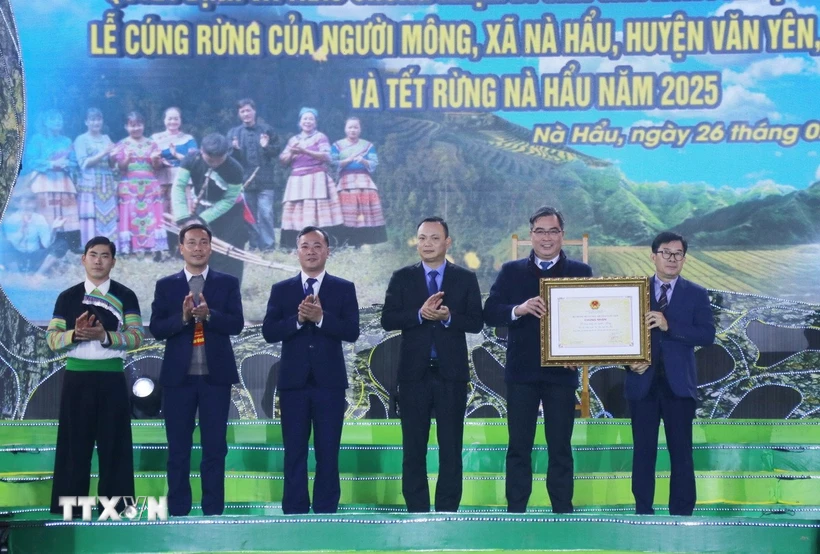
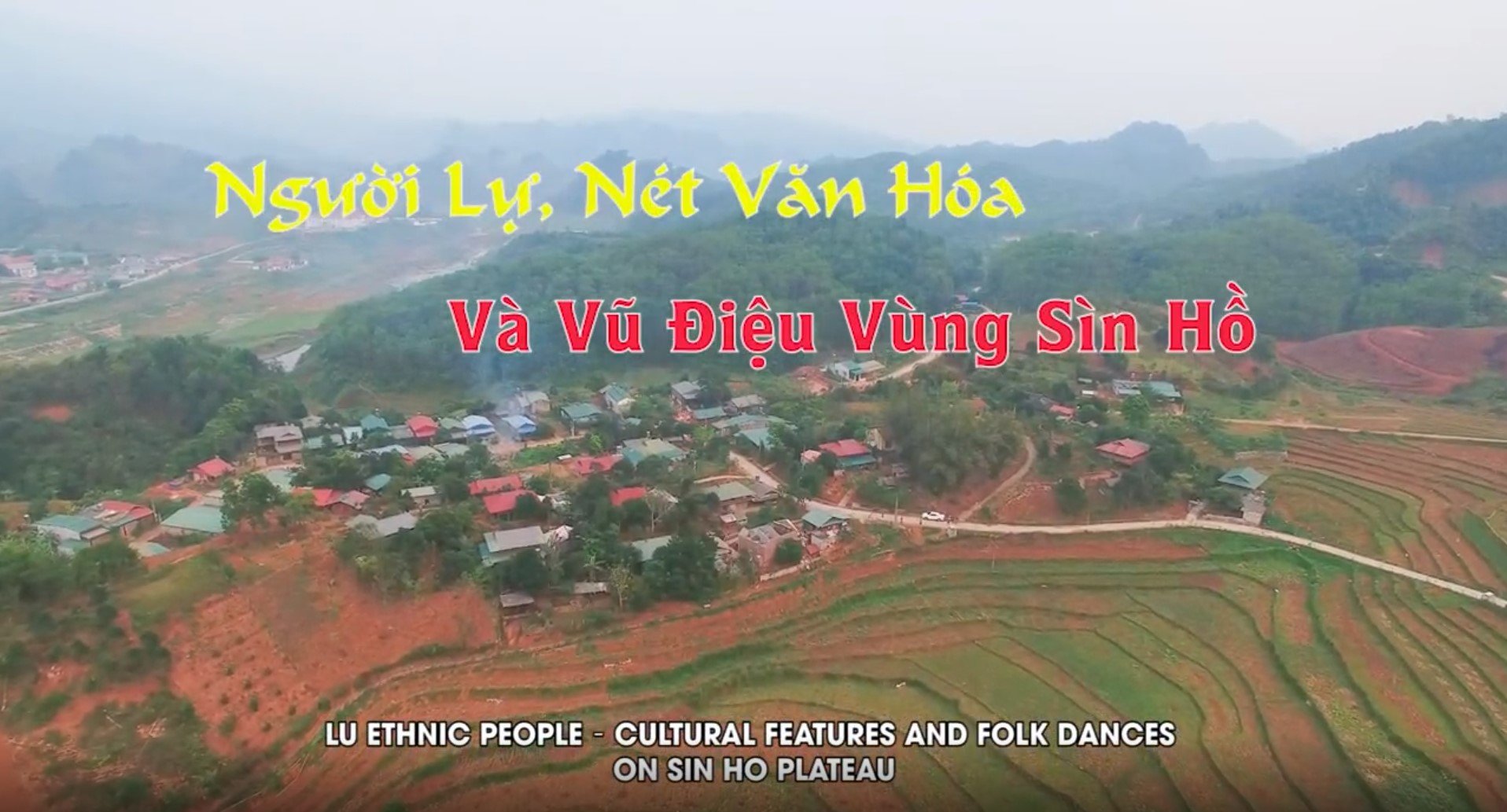

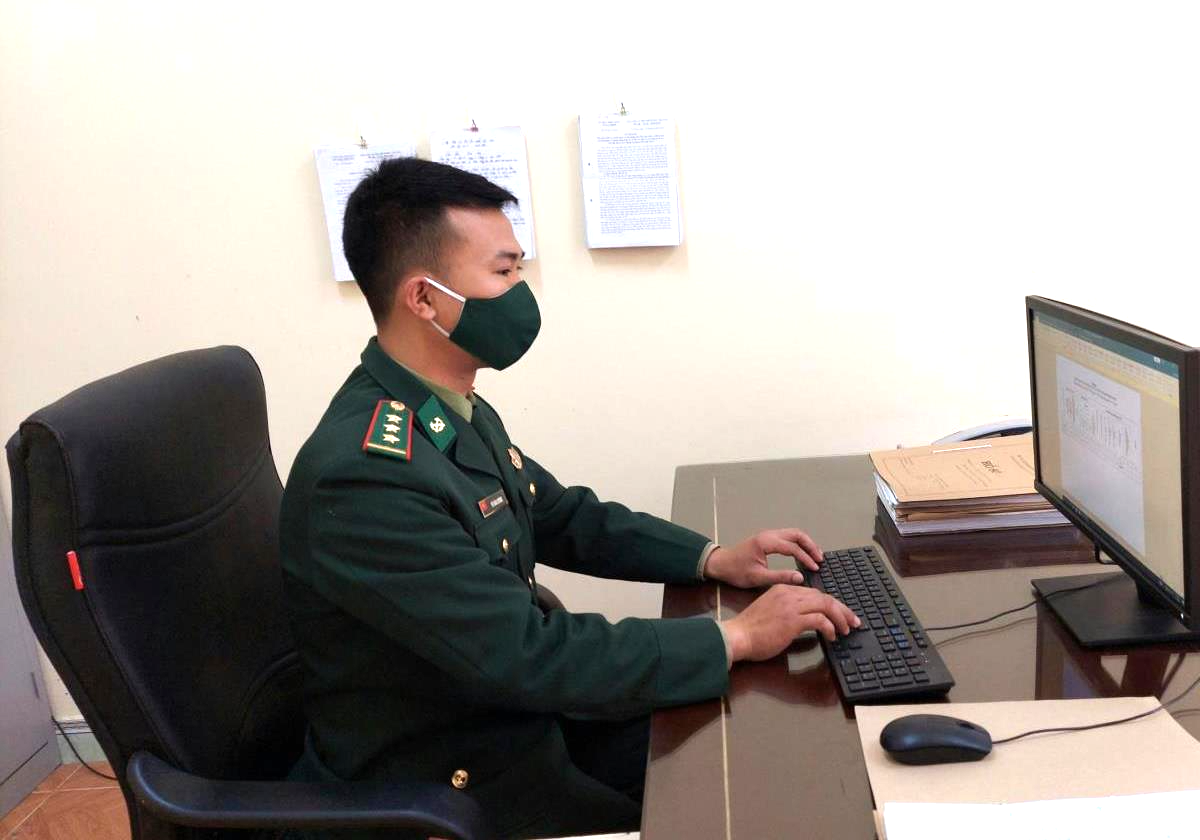
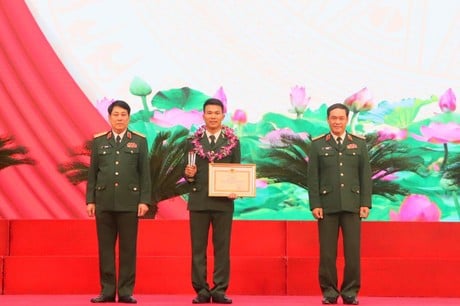
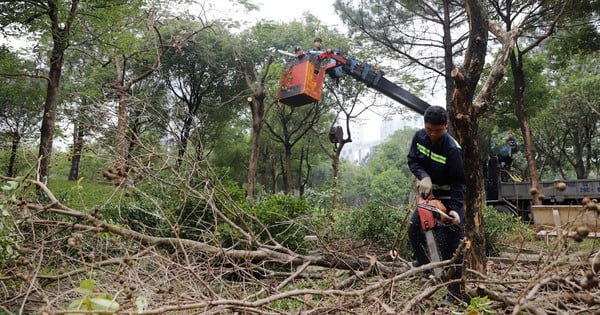

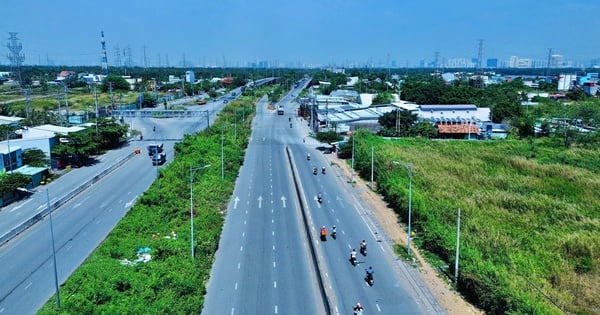
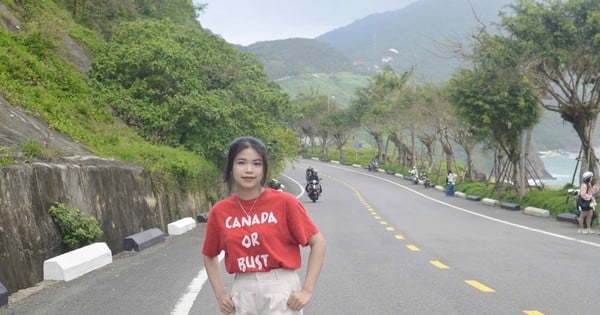
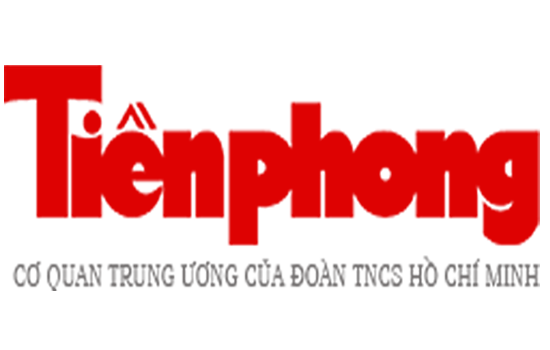

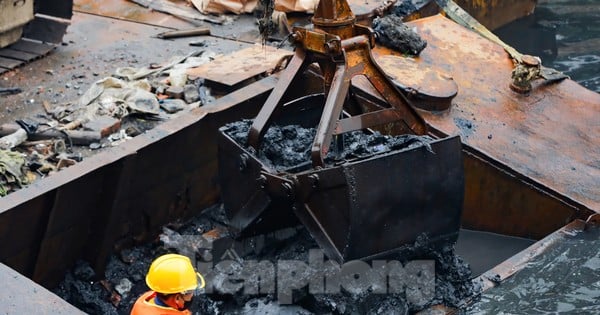
![[Photo] Prime Minister Pham Minh Chinh chairs Government Conference with localities on economic growth](https://vstatic.vietnam.vn/vietnam/resource/IMAGE/2025/2/21/f34583484f2643a2a2b72168a0d64baa)

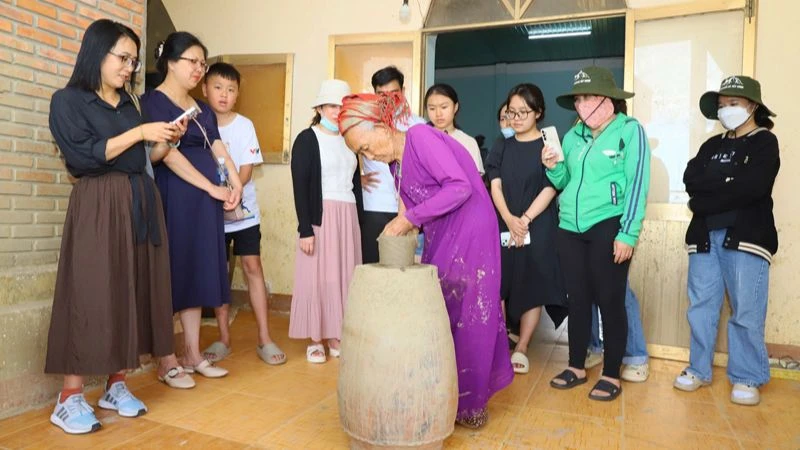

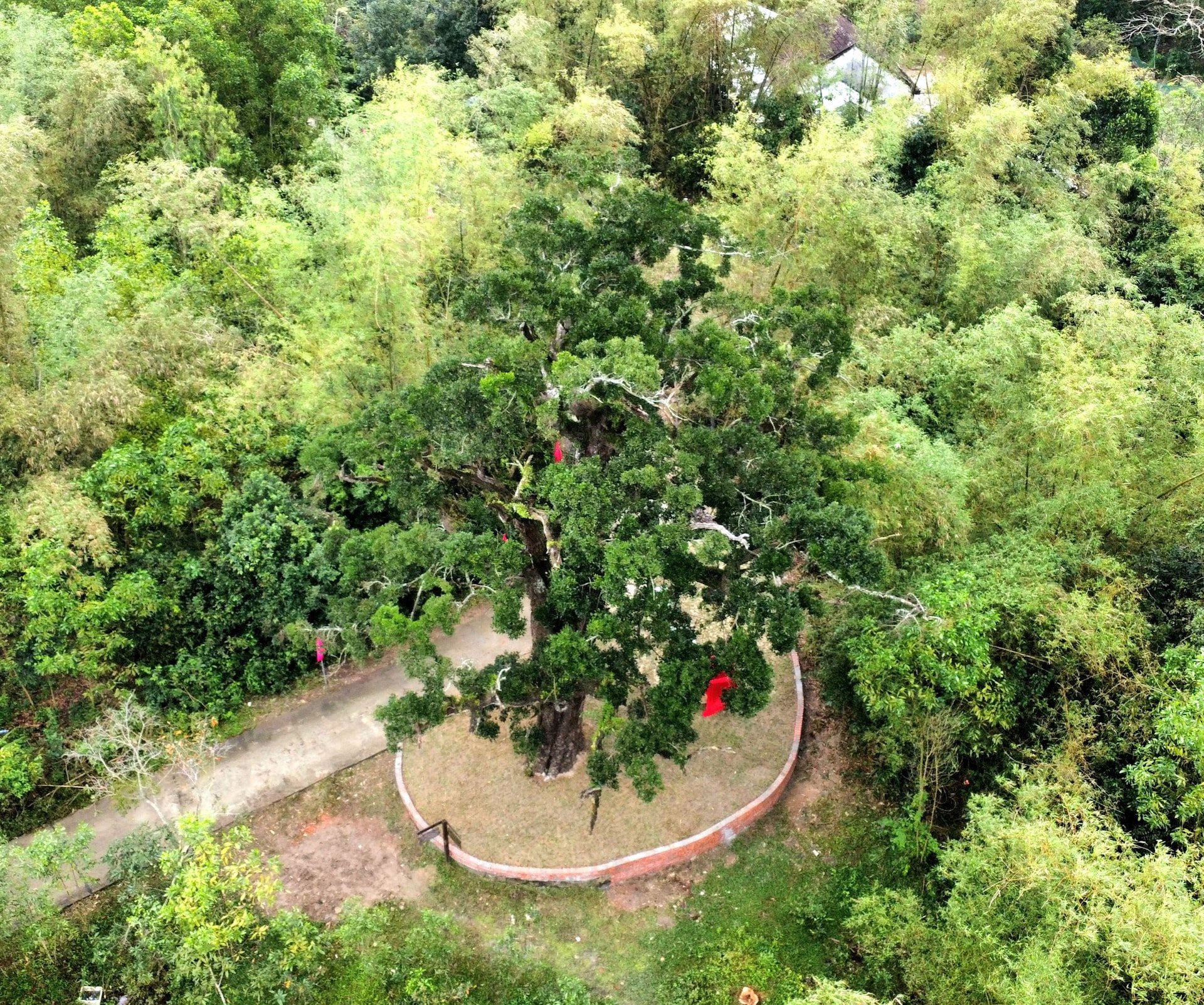

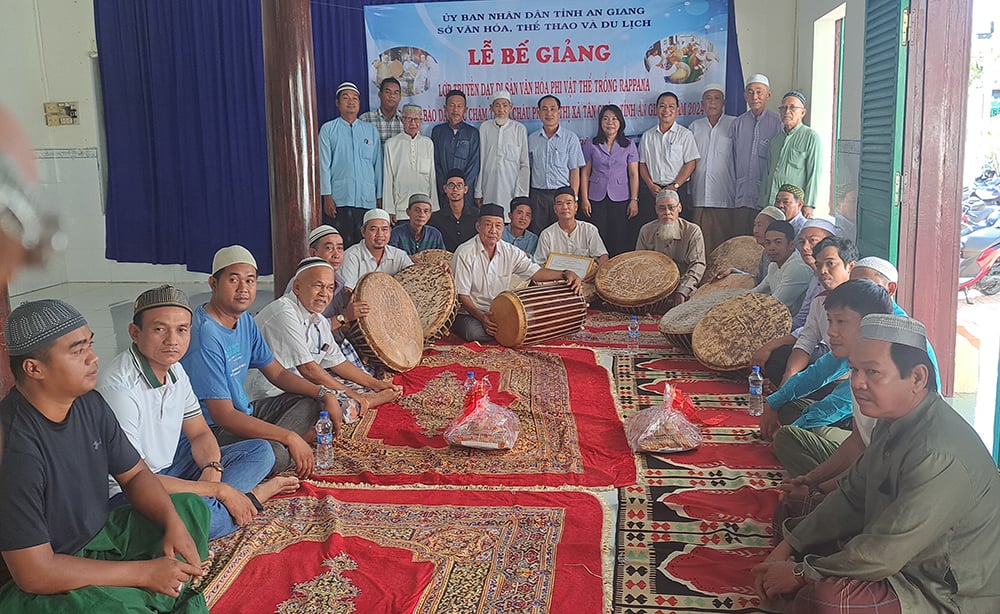

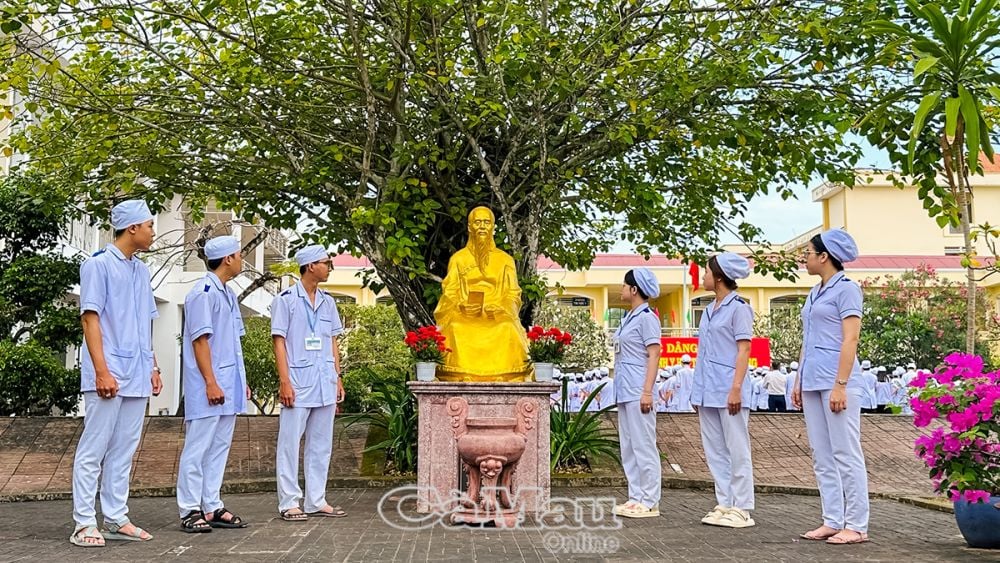
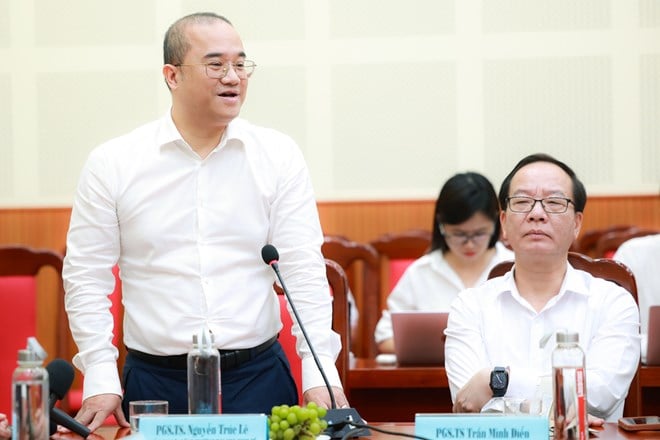

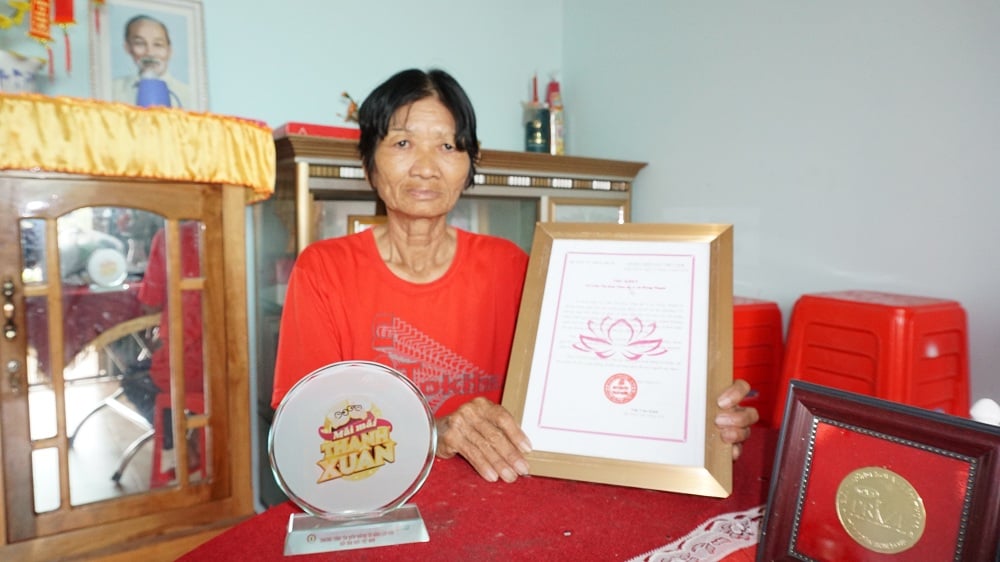

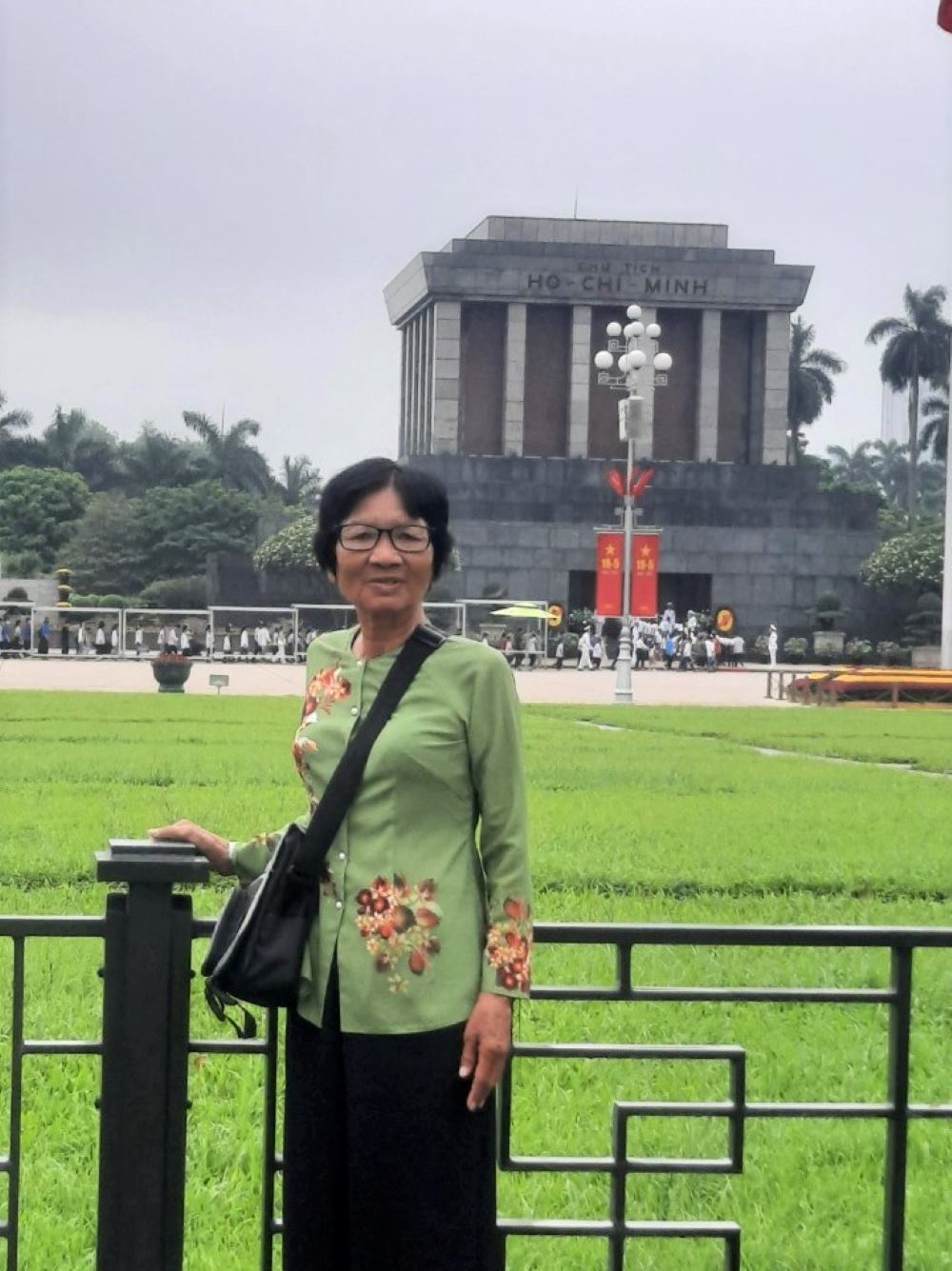
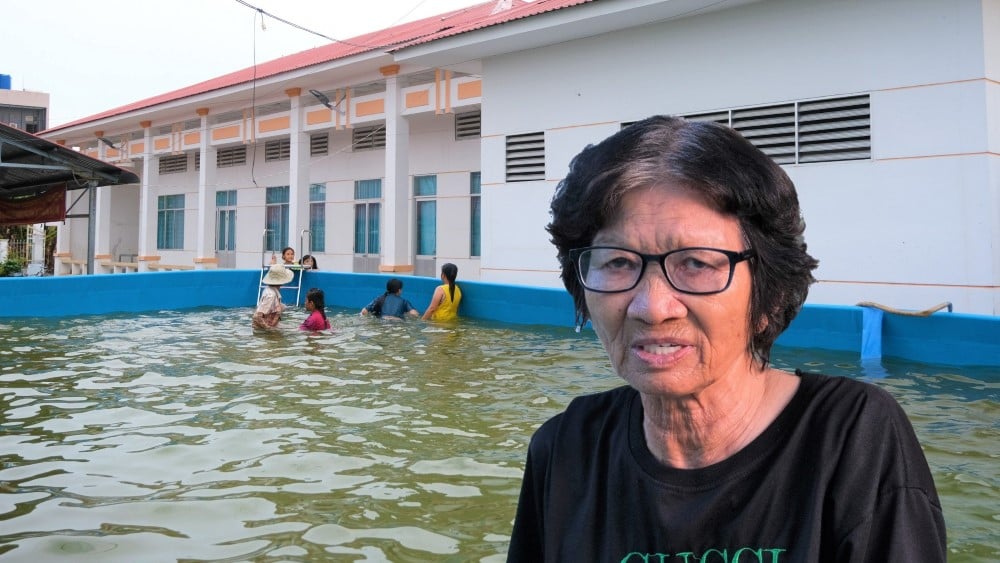

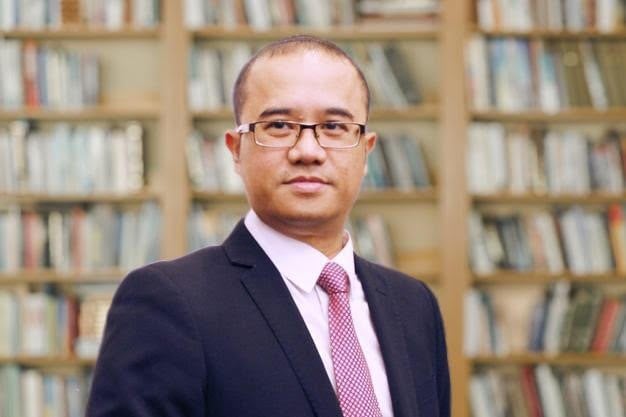
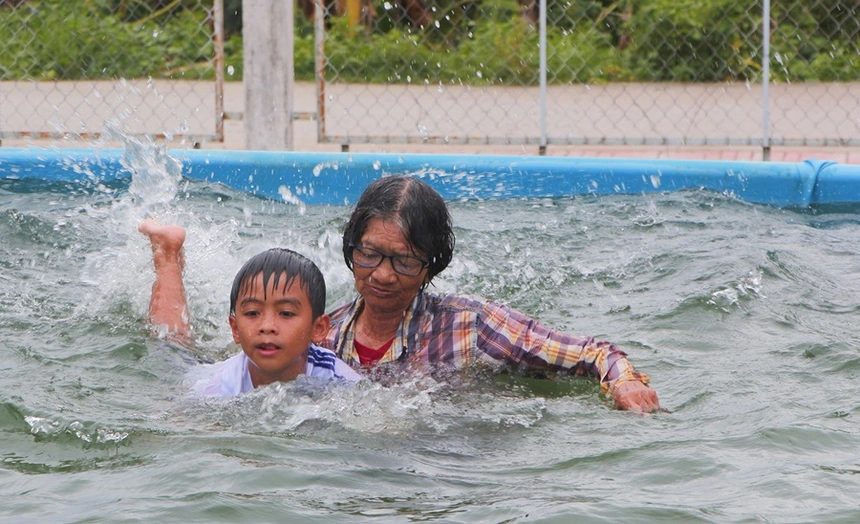
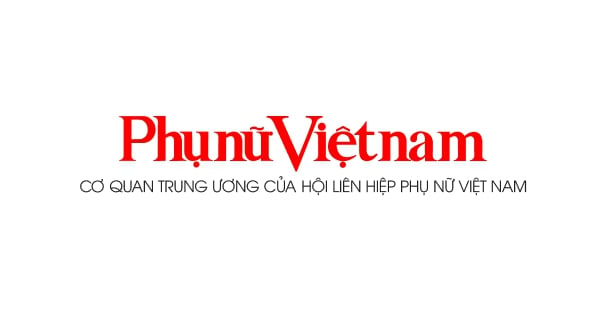
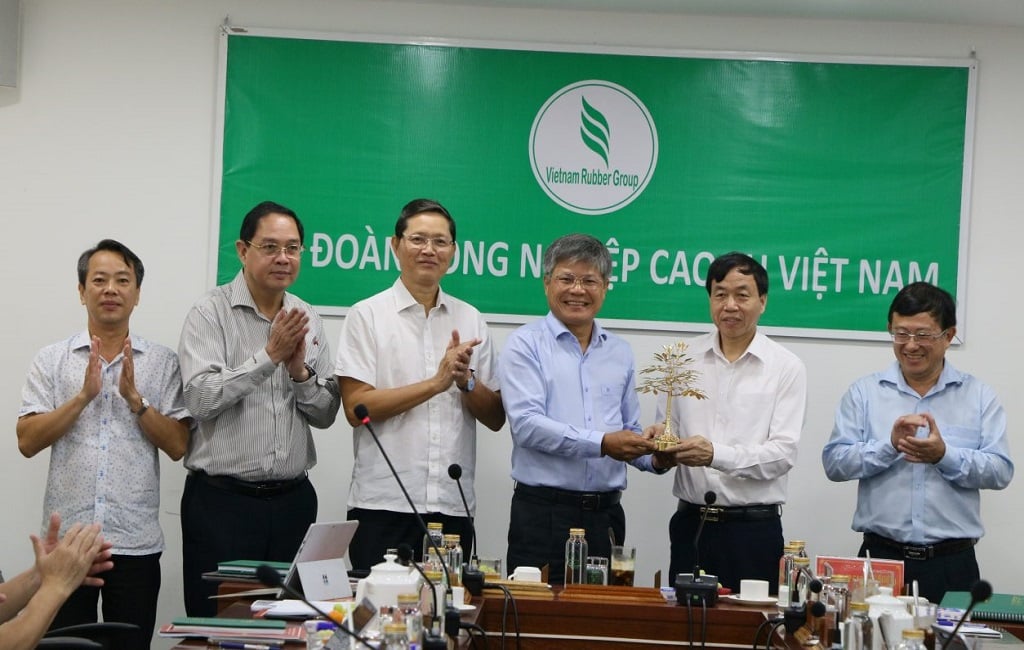
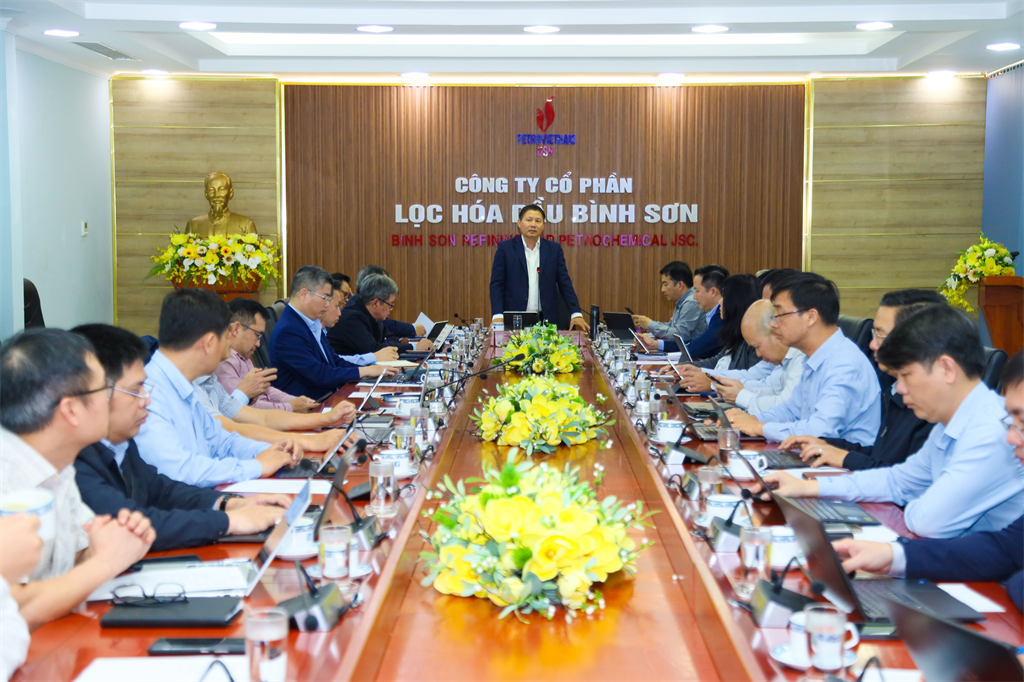
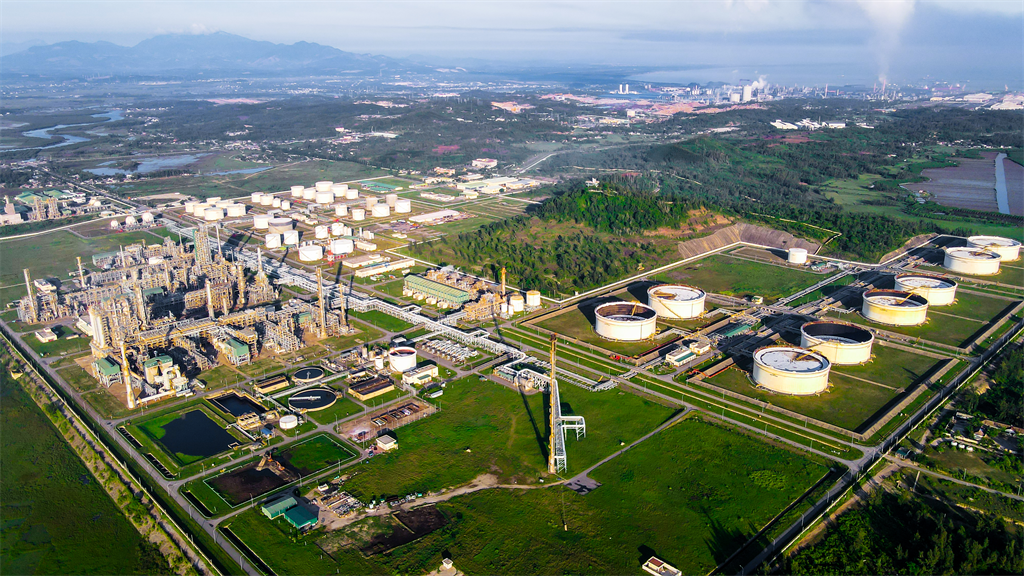
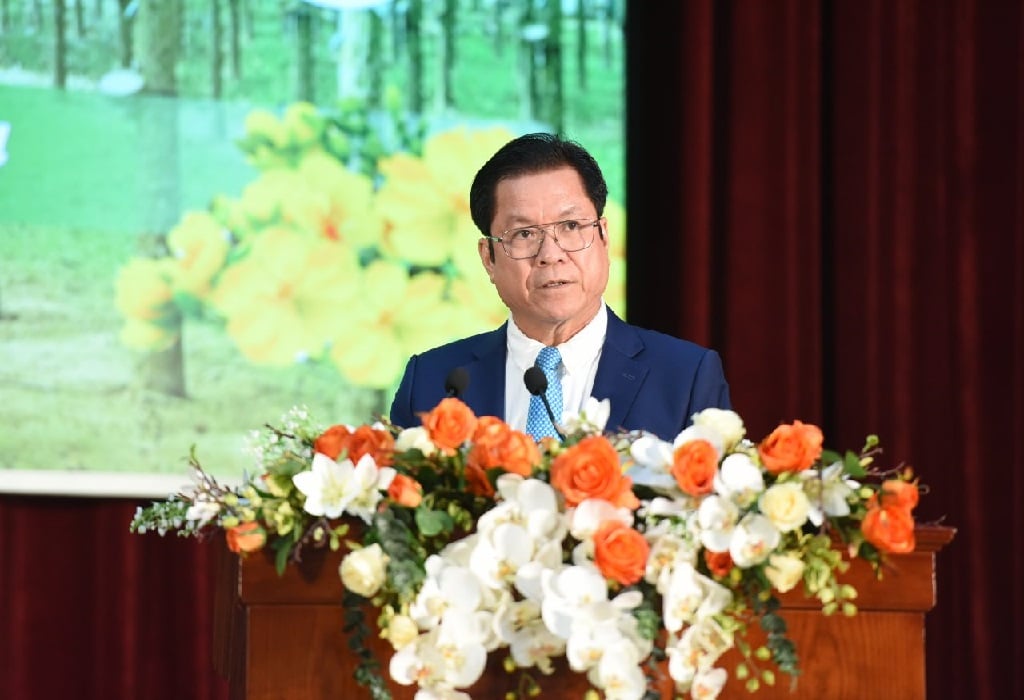
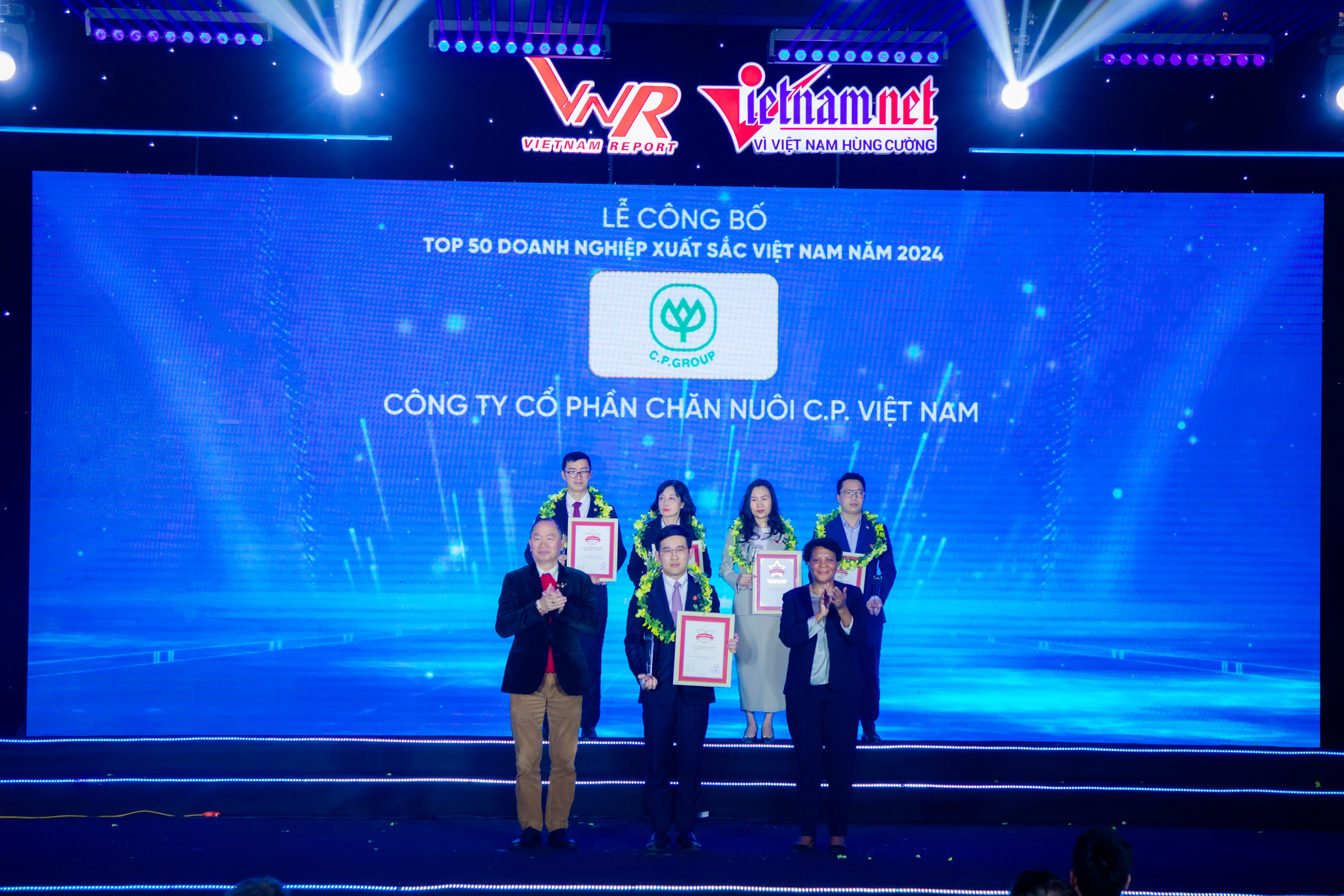
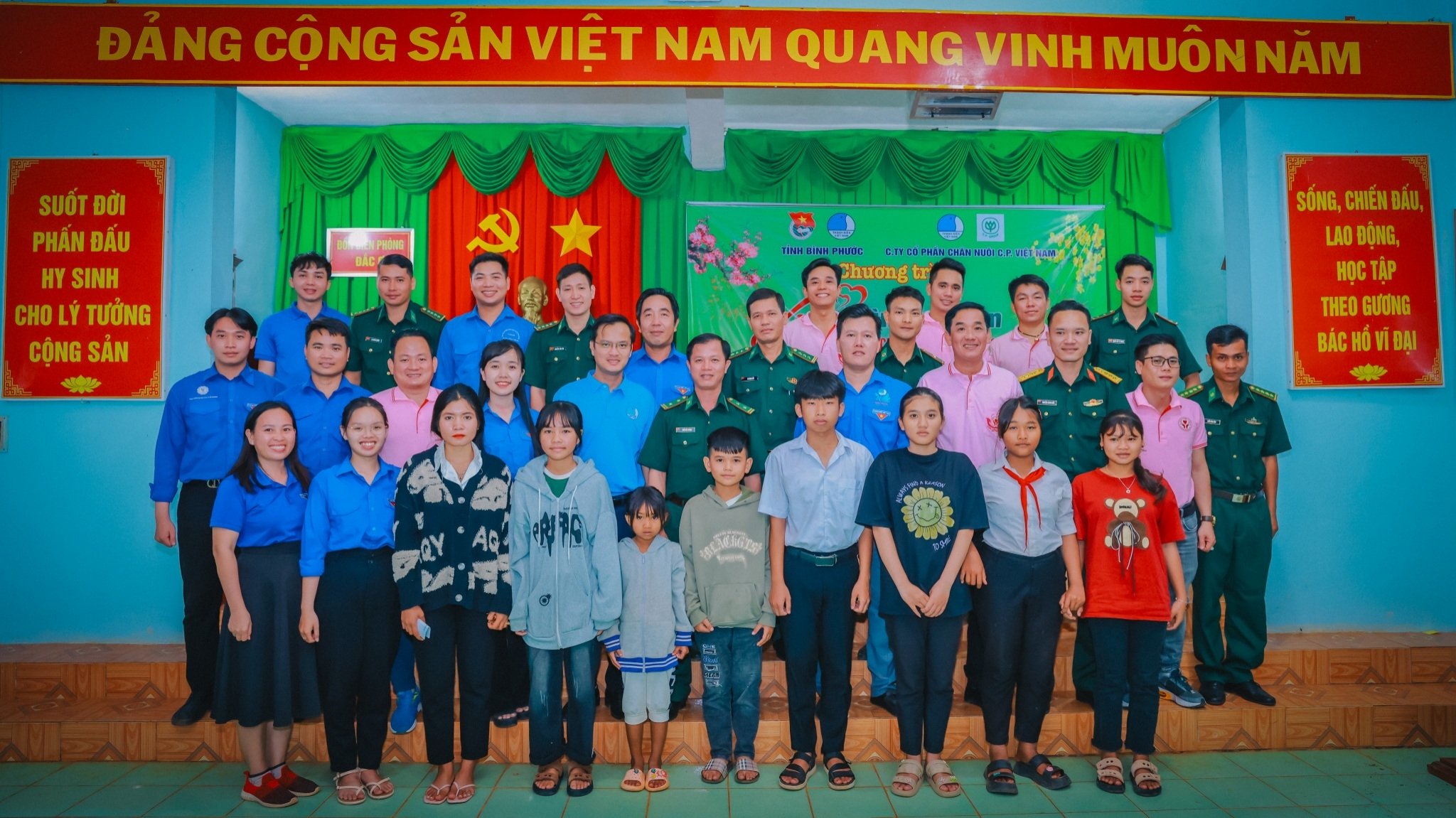


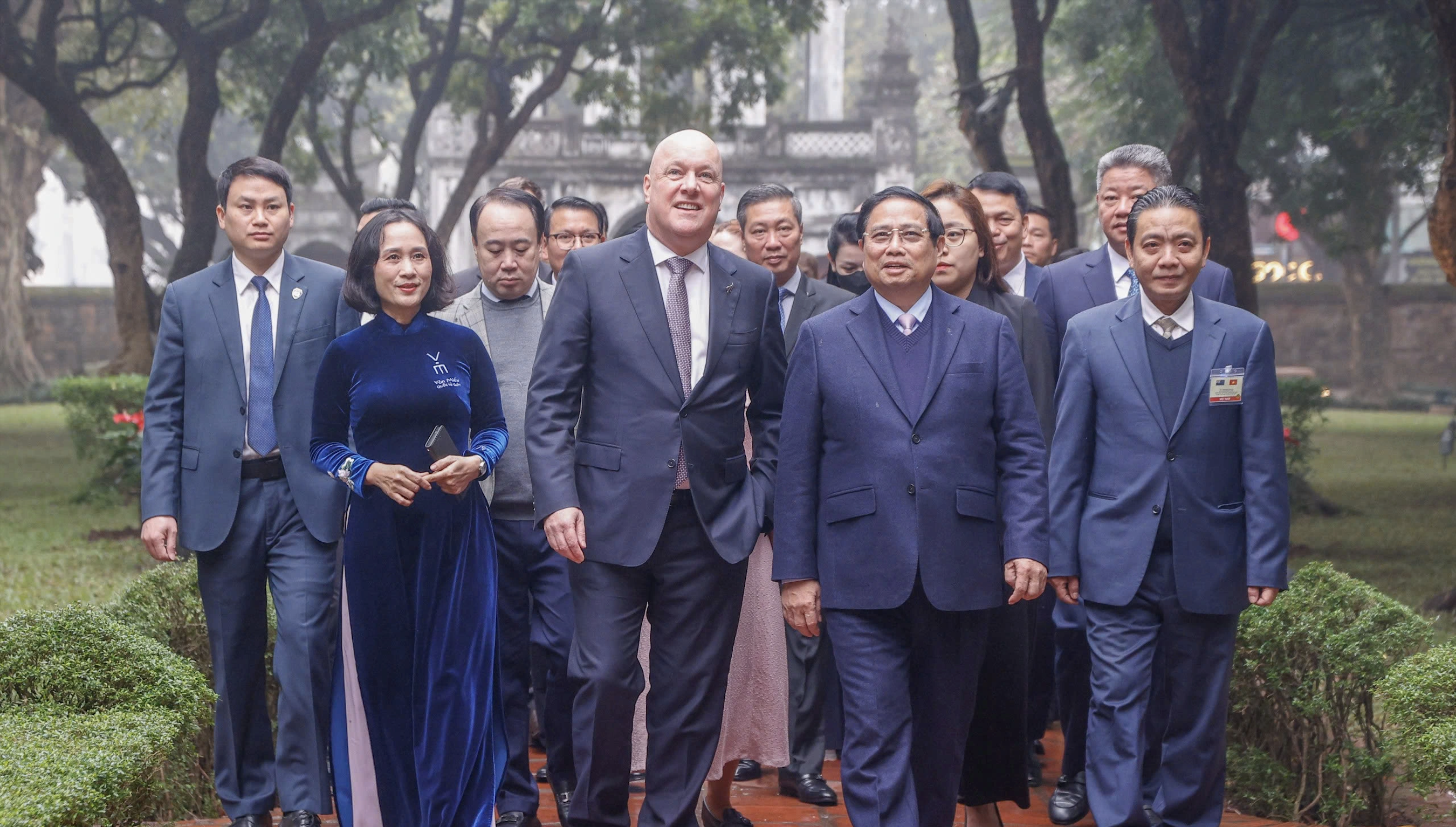
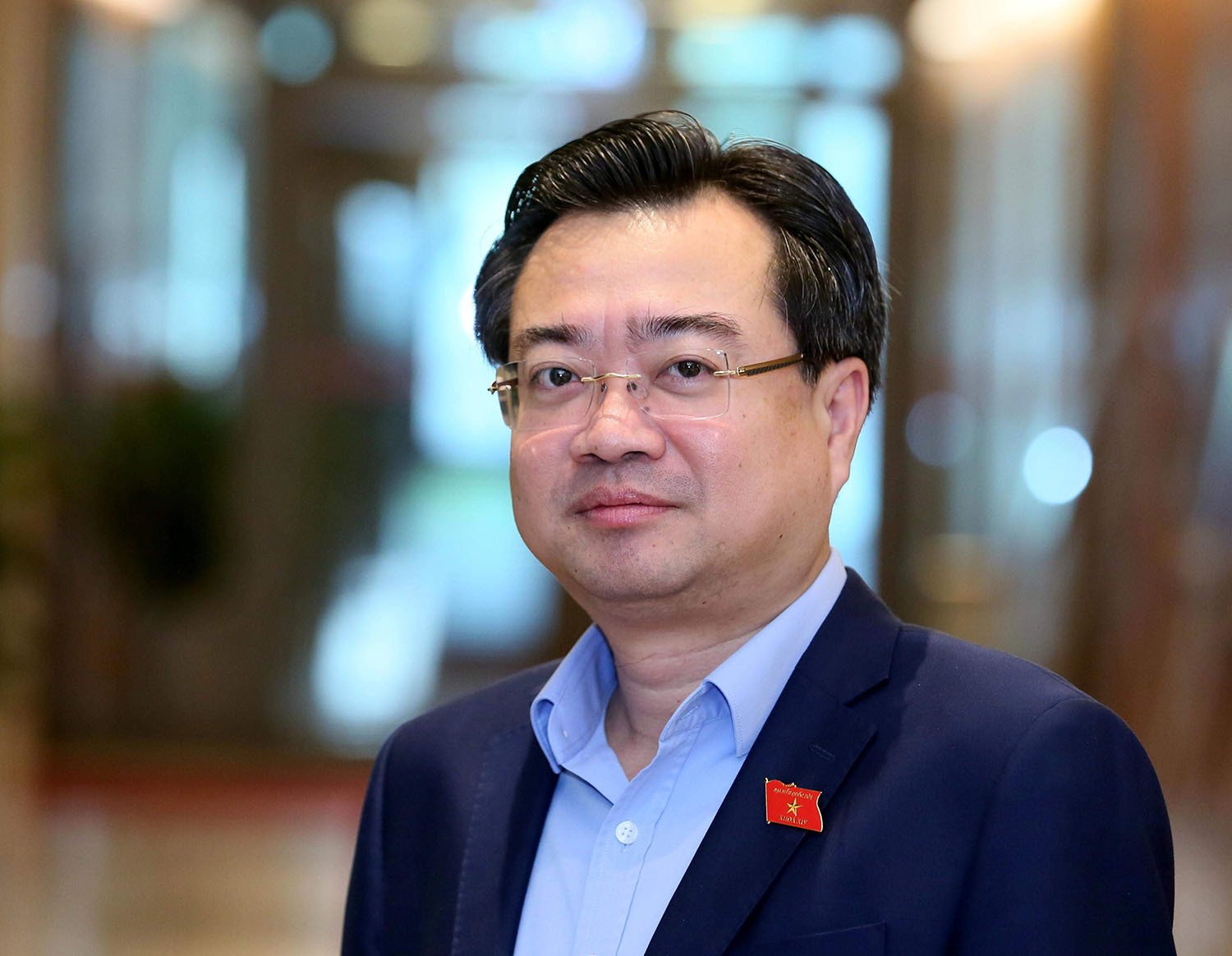

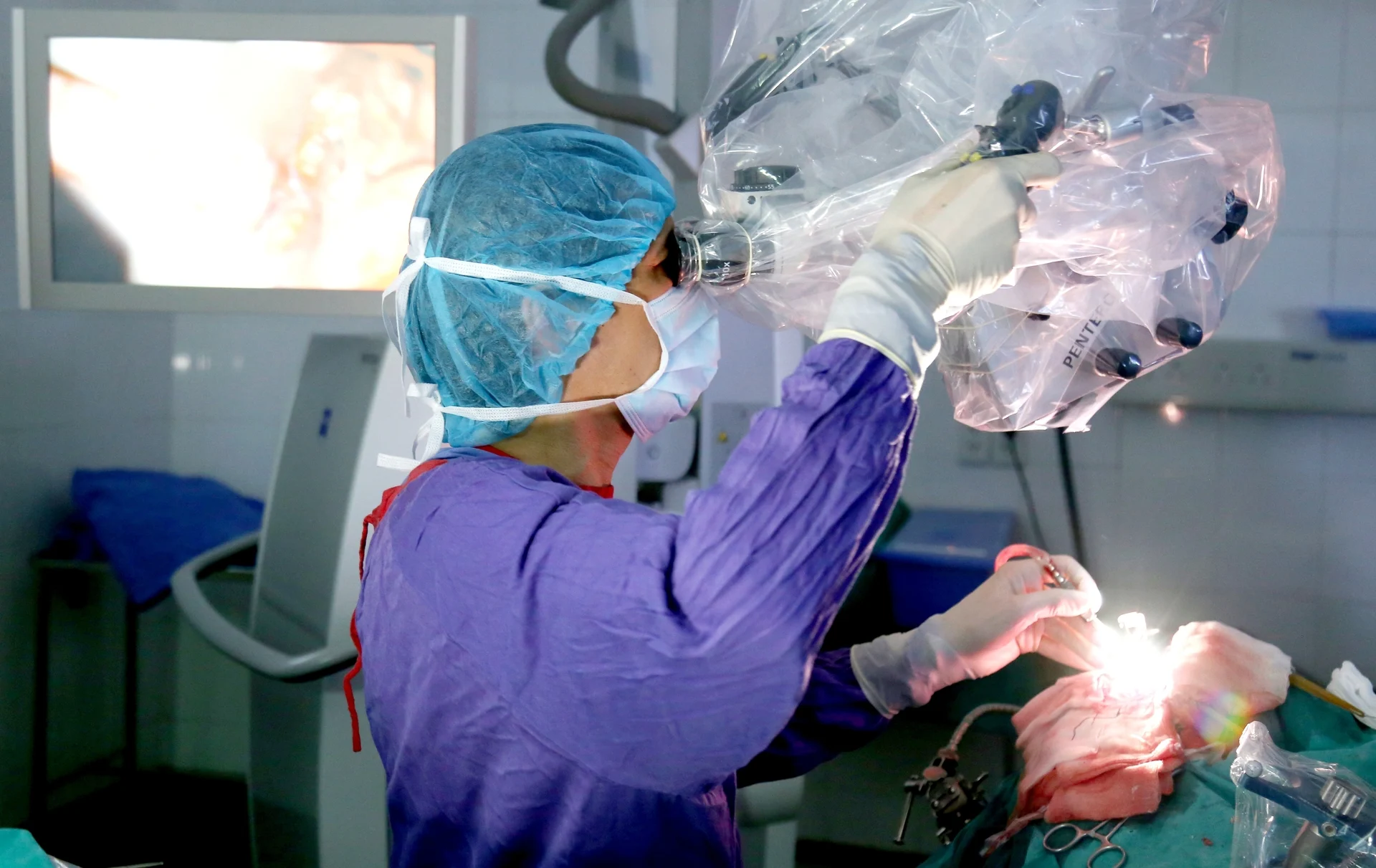
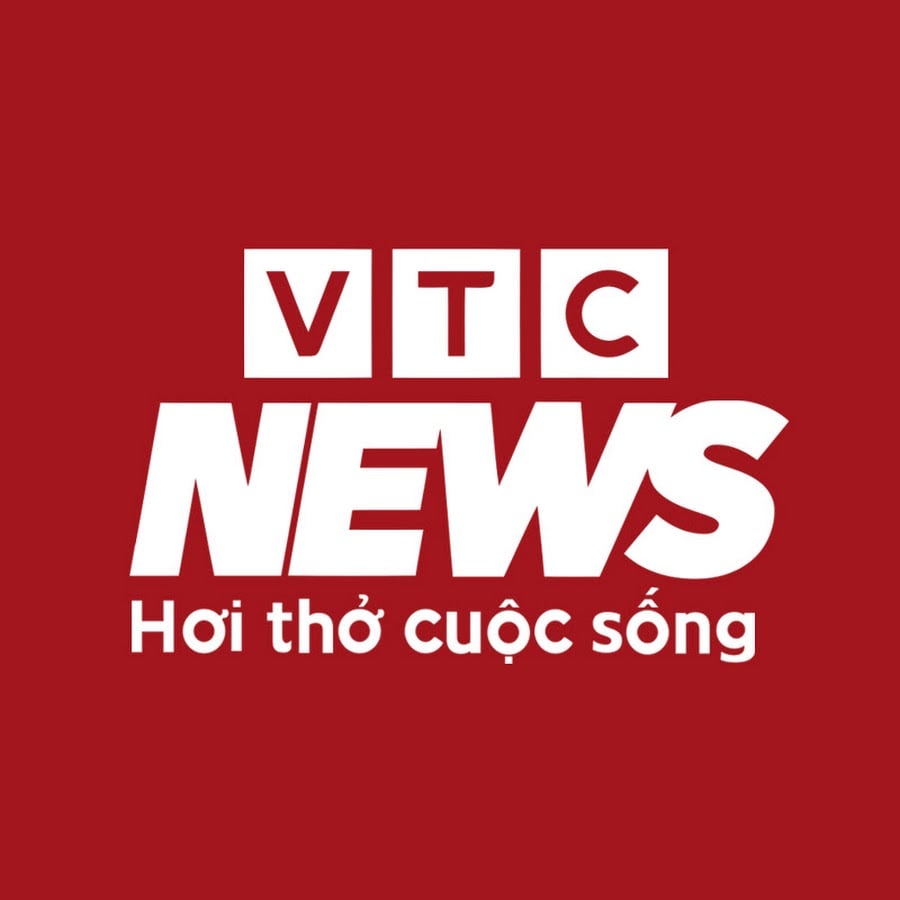
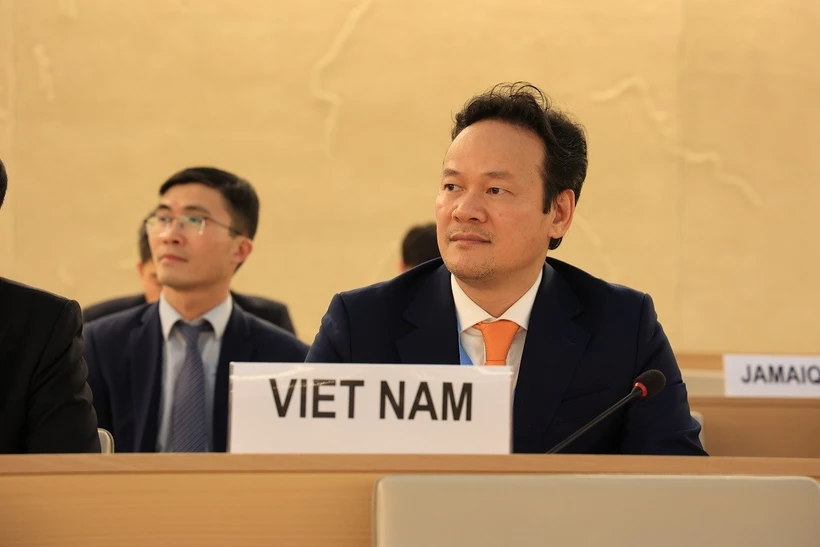





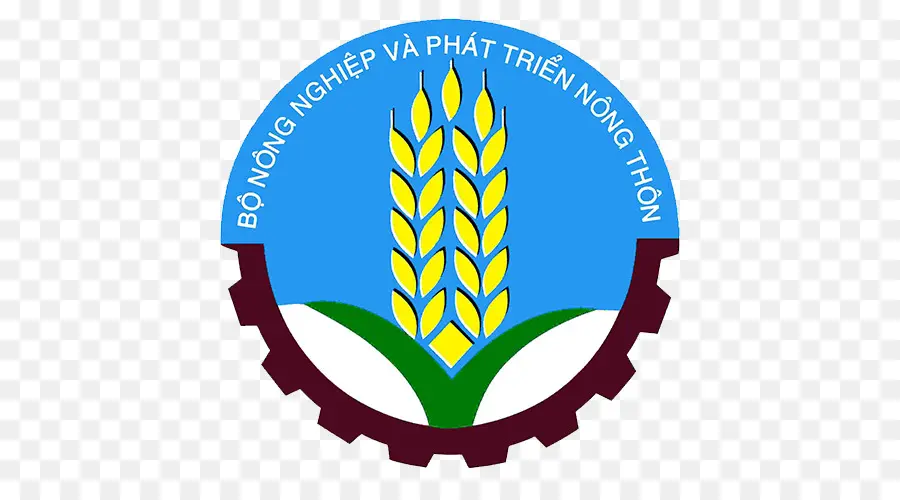
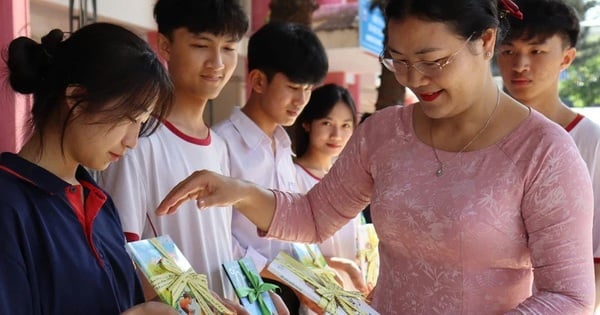

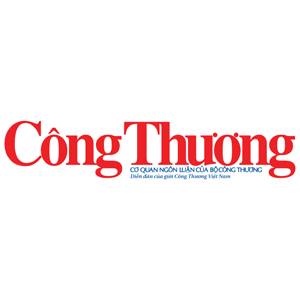
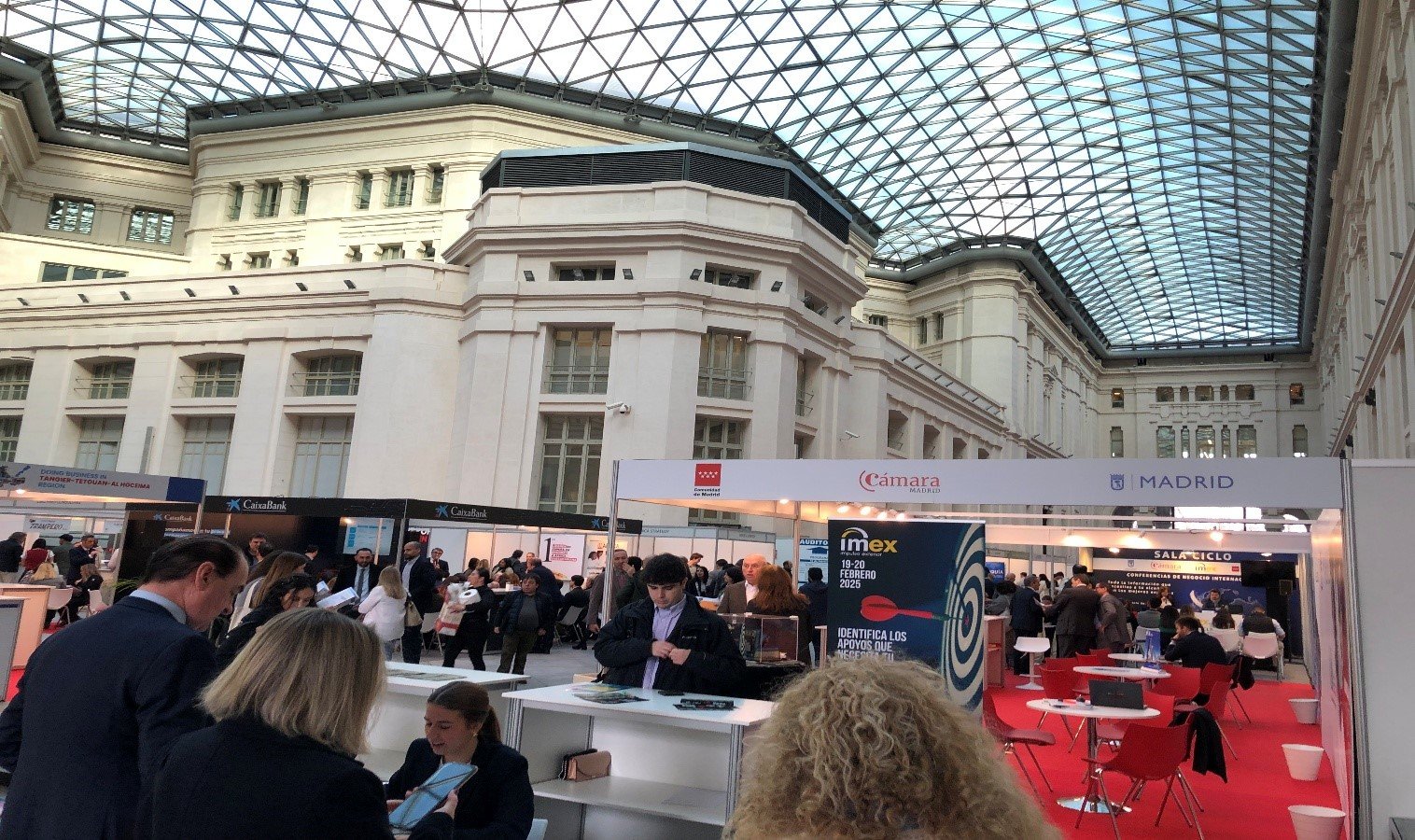
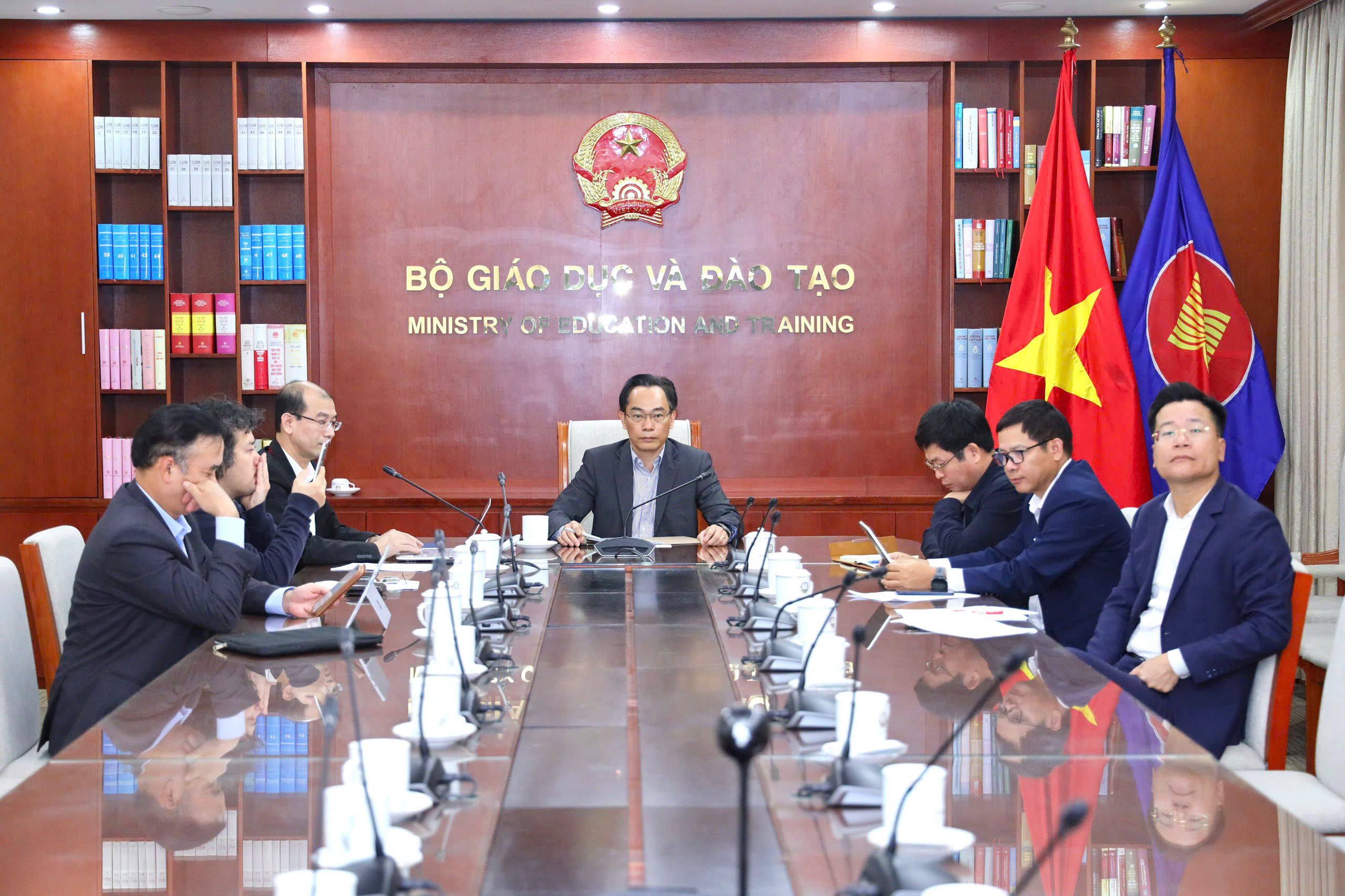
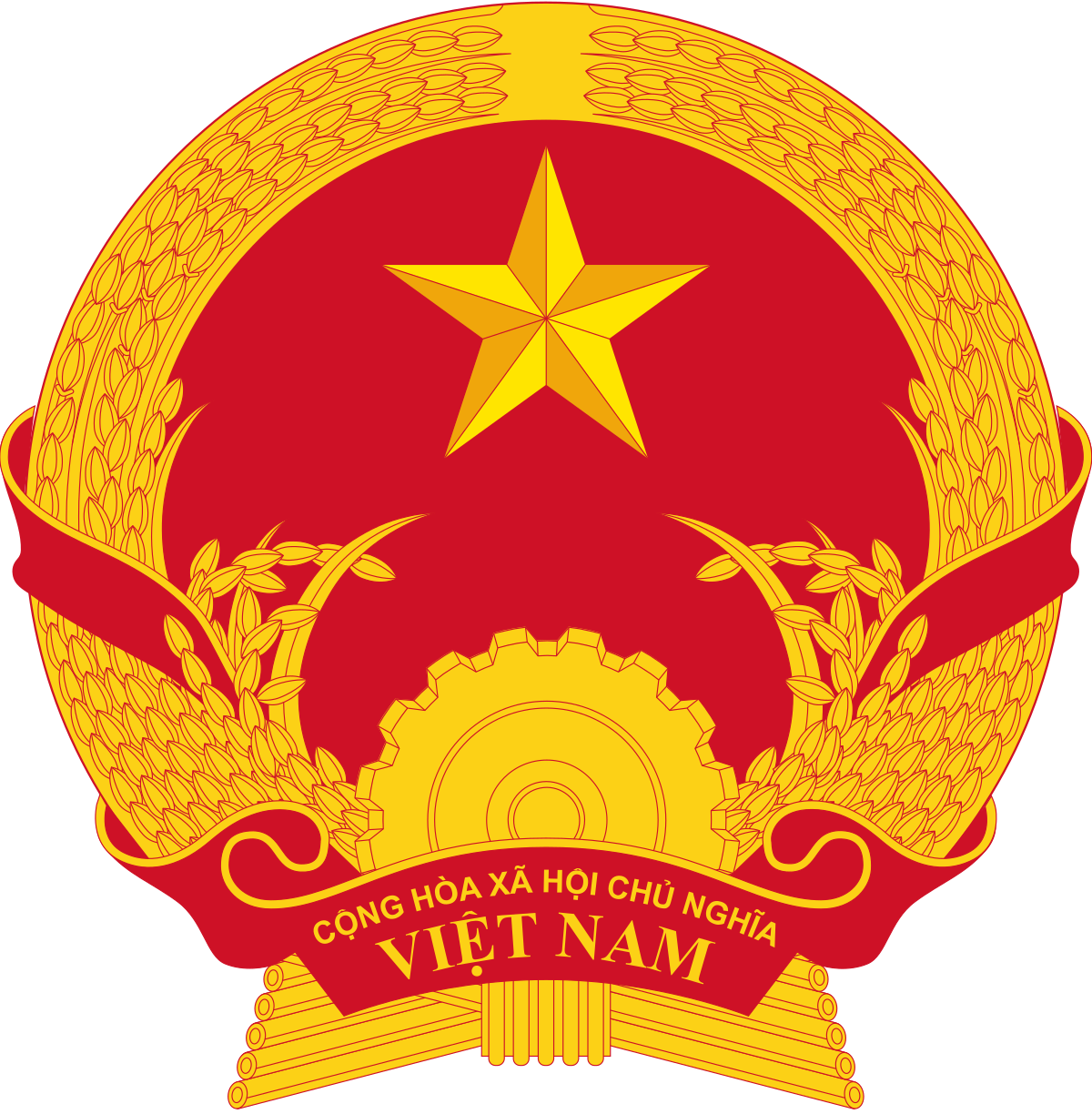
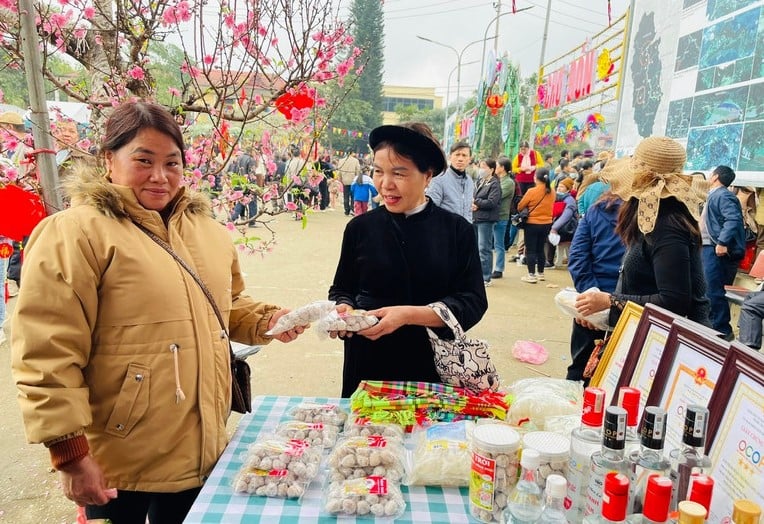
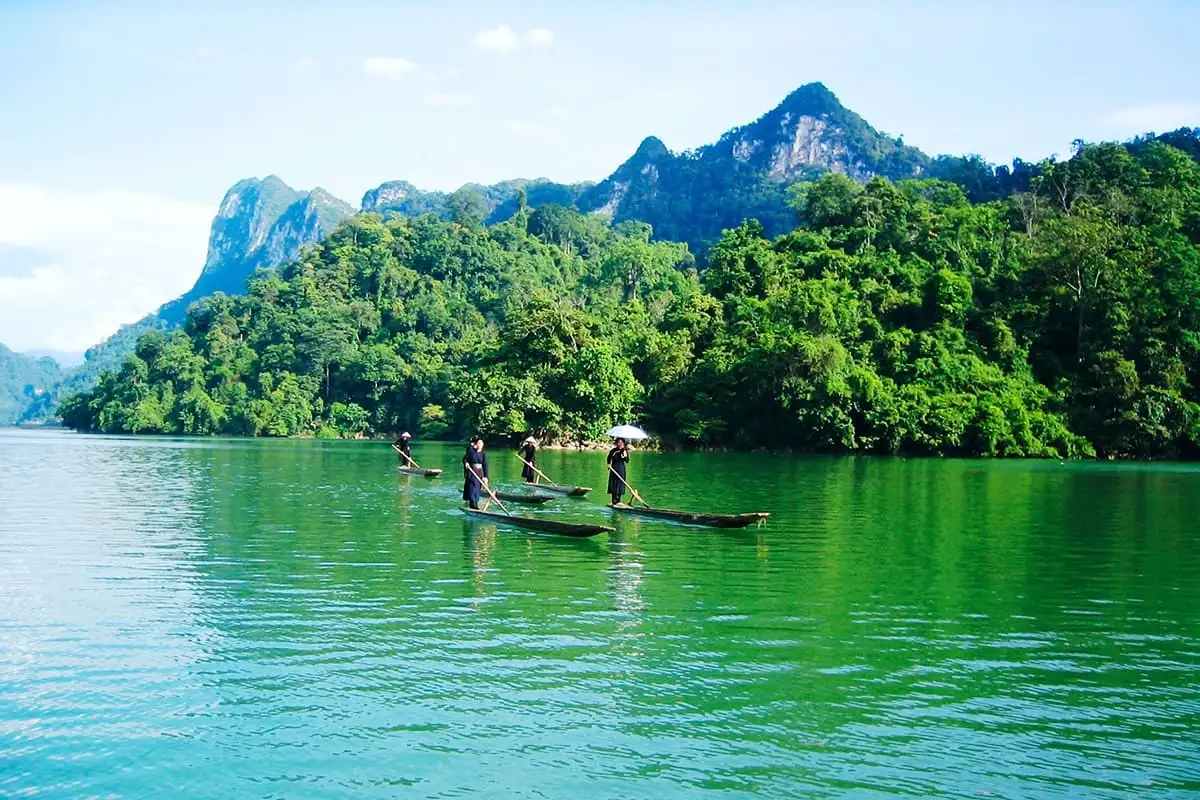

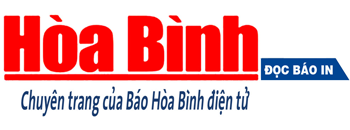

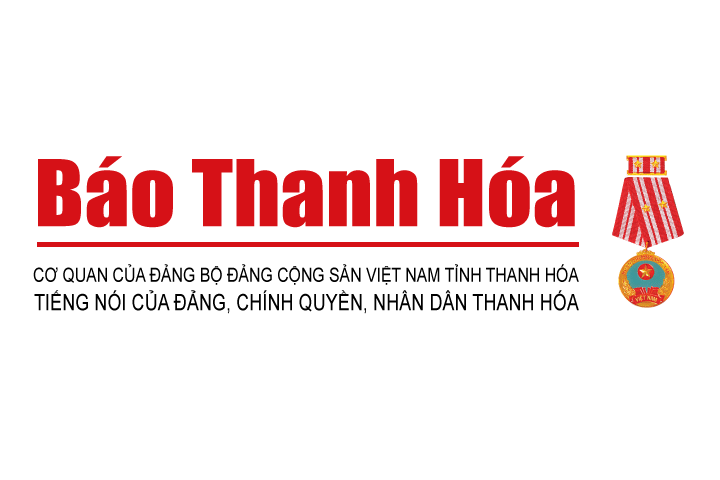
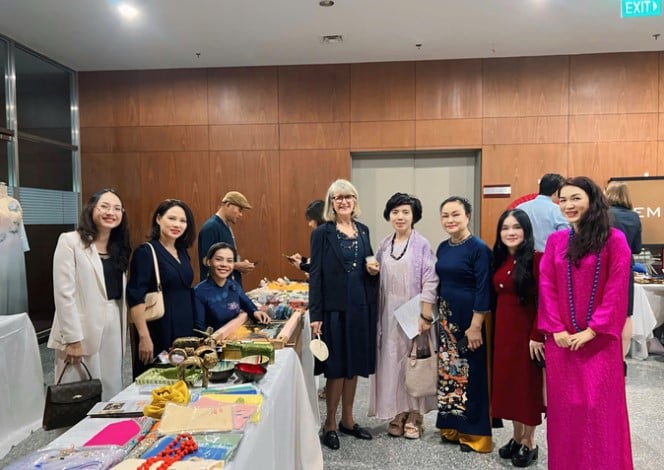

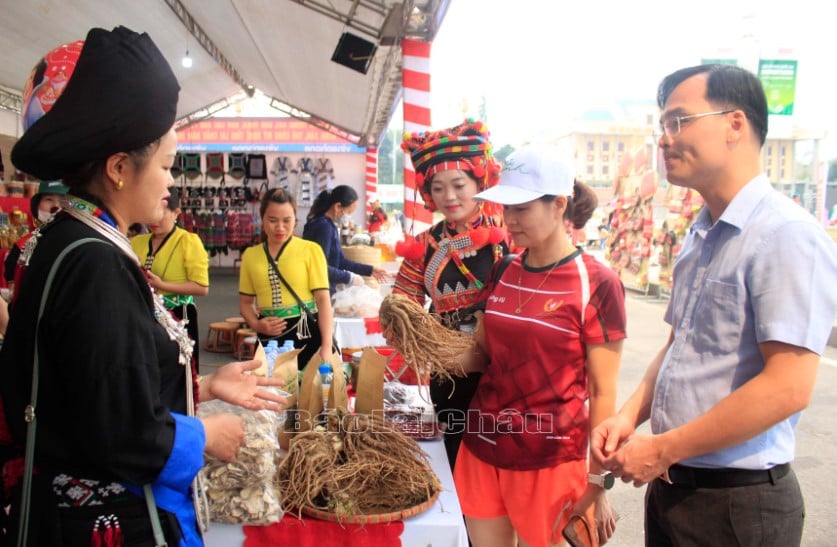

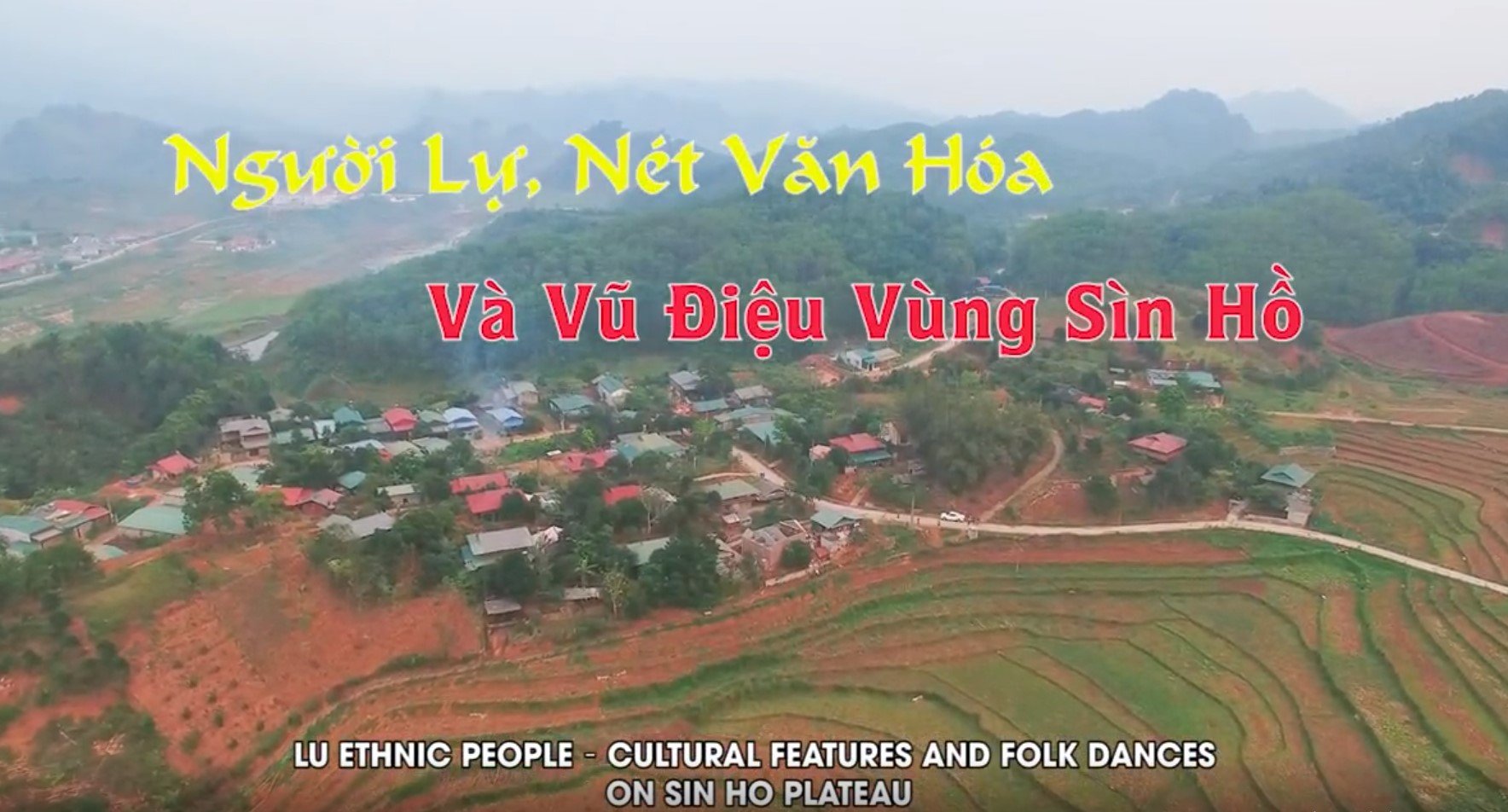
Comment (0)